-
Posts
985 -
Joined
-
Last visited
Content Type
Profiles
Forums
Gallery
Events
Posts posted by EricWilliamMarshall
-
-
The experts have spoken! No trunnels! Thank you @Tigersteve and @DelF!
@DelF, as for the chisels & carving, give it a shot. I only spent a few hour on both aspects. While I didn’t do this myself, I would suggest carving something soft like clay or soap to get feel for roughing out something and then moving to details. Also keep a thought where a tool may slip and make sure you and your fingers aren’t there. Both prototyping and tool safety are old hat for most who are reading this, but I feel obliged to mention them. In any case, give it try since the only cost is really time, patience and perhaps pride.
 But given the range of impossible tasks to learn here, what’s one more...
But given the range of impossible tasks to learn here, what’s one more...
I will say I avoided carving humans since I know they notoriously tricky to get right, as are perfect symmetries. Also for me, drawing the rough shapes a few times helps me ‘internalize’ the shapes to carve. And lastly, keep the tools sharp! If you are fighting the grain of the wood, it’s time to sharpen your tool.
- Edwardkenway, tkay11 and DelF
-
 2
2
-
 1
1
-
- bruce d, Blue Ensign, tkay11 and 6 others
-
 9
9
-
If you follow Sullivan’s recipe in the video, he suggested you buy the metal already annealed. To anneal it to some folks use sand as @grsjax quickly(!) suggested or a type clay associated with kitty litter, vermiculite. (Note - it has to be dry! No need for dangerous steam! Bake the sand in your oven if you’re not sure.) There are cheap ceramic fiber blankets or if you have friend who does glass work, see if they have kiln. Most glassworks have to anneal or they shatter.
All that said, you can work the metal when hard. (Technically, sharpening a chisel is just such a process.)
- Canute, allanyed, Roger Pellett and 1 other
-
 4
4
-
His post is here:
and the video can be found here:
-
@grsjax posted a link to a video on how to make your own chisels. I watched the video and gave a try. I used a propane torch, a bench grinder (not necessary but speeds up the shaping) and my regular water stones I use to sharpen my chisels plus a pair of vise grips for holding (as well as eye and ear protection). Instead of O1 steel used in the video, I bought HSS rods from Amazon (uxcell Round Steel Rod, 4mm HSS Lathe Bar Stock Tool 200mm Long) for 9 bucks. I untempered the steel, ground it on the grinder free hand then shaped it a bit more with my rough water stone. Then I heated and quenched with water and sharpened normally (with rough and fine water stones). I did this twice with in an hour and a half (not including cooling)! I didn’t make handles (yet).
Observations:
1. Vise grips are key to working with a round rod.
2. Free hand grinding is tricky - first pass, I kept regrinding all the sides and not getting the right shape. Second time, took 15 minutes to get the shape. A lighter touch and holding the same position longer helped a great deal.
3. If I do several in the future, I’ll make some jigs for the correct angles.
4. This worked! The blade sharpened and cut cleanly across the grain of pine and cleanly cut cherry end grain.
5. I’m not a metal worker or a machinist and I could pull this off first try, so the process is forgiving and can be repeated until good enough!
- tkay11, GuntherMT, Ryland Craze and 4 others
-
 7
7
-
On 1/12/2021 at 3:48 PM, grsjax said:
Here is an interesting video on making your own micro chisels
Thanks to @grsjax! I watched the video and gave a try. I used a propane torch, a bench grinder (not necessary but speeds up the shaping) and my regular water stones I use to sharpen my chisels plus a pair of vise grips for holding (as well as eye and ear protection). Instead of O1 steel, I bought HSS rods from Amazon (uxcell Round Steel Rod, 4mm HSS Lathe Bar Stock Tool 200mm Long) for 9 bucks. I untempered the steel, ground it on the grinder free hand then shaped it a bit more with my rough water stone. Then I heated and quenched with water and sharpened normally (with rough and fine water stones). I did this twice with in an hour and a half (not including cooling)! I didn’t make handles (yet).
Observations:
1. Vise grips are key to working with a round rod.
2. Free hand grinding is tricky - first pass, I kept regrinding all the sides and not getting the right shape. Second time, took 15 minutes to get the shape. A lighter touch and holding the same position longer helped a great deal.
3. If I do several in the future, I’ll make some jigs for the correct angles.
4. This worked! The blade sharpened and cut cleanly across the grain of pine and cleanly cut cherry end grain.
5. I’m not a metal worker or a machinist and I could pull this off first try, so the process is forgiving and can be repeated until success!
-
@Bill Brown and @Edwardkenway, thank you! I always appreciate a vote of confidence and support as I stumble along.

-
-
@Blue Ensign and @DelF thank you for the kind remarks! I tried files as suggested and that is the way to go but it he piece is too flimsy and it just ripped a part. I will have to find a different wood (or something) to work with. I also found I can make truly invisible tree nails using hair or fly tying line. Yup, you cannot see them. In the piece I’m holding there are five pairs of tree nails.

- bruce d, Edwardkenway, Ryland Craze and 2 others
-
 5
5
-
-
I missed a bit and added it as part of the rudder work. I also tried my hand at some more decoration. I sketched an image which I glued to a thin bit of wood. I attempted to carve it but it keep falling a part. I’m not thrilled with it. I’m curious what the panel of experts think: I should I keep it or toss it?
- Edwardkenway, bruce d, ccoyle and 8 others
-
 11
11
-
-
I experimented with how to represent nails or tree nails with varying success. I can make them very small, as I’m not crazy about the larger size attempts I’ve seen using toothpicks. I found bamboo splinters, small gauge wire, guitar strings and synthetic line all work and give a good size. However it is too subtle to be seen on the hull! As you can see in the forth photo down, the tree nails are almost impossible to see!
I added the oar locks as well and started on the rudder.
- Ryland Craze, DelF, Chuck and 4 others
-
 7
7
-
Thank you Derek; I’m trying to work up to challenges like your HMS Speedy. I built a shooting board to help with small cuts for the oar locks. I tried to be clever and section a chunk of wood which I could slice off the pieces as needed. That failed so I sawed, chiseled and sanded lightly. I used the clamped scrap as a stop to ensure I cut at the same depth.
- DelF, Bill Brown, Edwardkenway and 4 others
-
 7
7
-
I should mention Wood Structure and Identification by H. A. Core is an excellent resource, but it is in black and white, and out of print.
- mtaylor and thibaultron
-
 2
2
-
-
- Duanelaker, DelF, bruce d and 3 others
-
 6
6
-
- bruce d, Edwardkenway and CiscoH
-
 3
3
-
If you are still curious, the best way to Identify wood is via a clean sectioning of the end grain and then taking a look with a 10x loupe. The bible for this sort of thing is: Hoadley, R. Bruce (1990). Identifying Wood
A google search for ‘end grain wood identification’ will get you started.
I can’t tell from the photo exactly but similar white flecks are found in numerous tropical species of wood.
- druxey, thibaultron and mtaylor
-
 3
3
-
Another detail to consider: the moisture content of fleshly-cut lumber is much higher then the wood you find for sale in a big box store or via online. That lumber is, for the most part, kiln-dried in order to stabilize it and prevent checking. If handled correctly, lumber can be air-dried but that takes a long time.
Other niches for such wood are furniture makers (but longer lumber), bowl turners (but wider) and wood carvers.
-
On 1/30/2021 at 6:21 PM, Edwardkenway said:
that would be one hell of a dio
Folks might be interested in this book: Wellington's Smallest Victory : The Duke, the Model Maker and the Secret of Waterloo
It can be had cheap used and speaks to the desire to ‘do the whole of it’!
- Rik Thistle, Edwardkenway, mtaylor and 3 others
-
 6
6
-
On 1/17/2021 at 2:29 PM, Bill Brown said:
We had an excellent tech session at one of our club meetings demonstrating the proper way to sharpen a chisel using a whet stone. Thank you Eric!
You are too kind! I think this will be a fun build; I’m looking forward to it!
- Ryland Craze and mtaylor
-
 2
2
-
- Matt D, GuntherMT, Ryland Craze and 5 others
-
 8
8
-
Thank you ever so much @Edwardkenway! Little by little!
I worked on the metal strip that sits on the bow. I bent a piece of 1/64” brass scrap with a pair of small needle-nose pliers over an extra bit of keel (as you may remember, Model Expo sent me a replacement sheet due to my false start).
I traced an outline around the cutouts for the splash rails to suggest an inset frame. While I sanded them, I forgot to sand them down as much as suggested in the manual.
I saw Tom Ruggiero’s build and he installed vertical wood work under the seats. He argues that there would be benches there. He carved his panels but I didn’t think I could do that cleanly, so I built up mine. This would have been quicker if it occurred to me earlier.



.thumb.jpeg.fc5d633a7b34428fcf19419a73d56d55.jpeg)
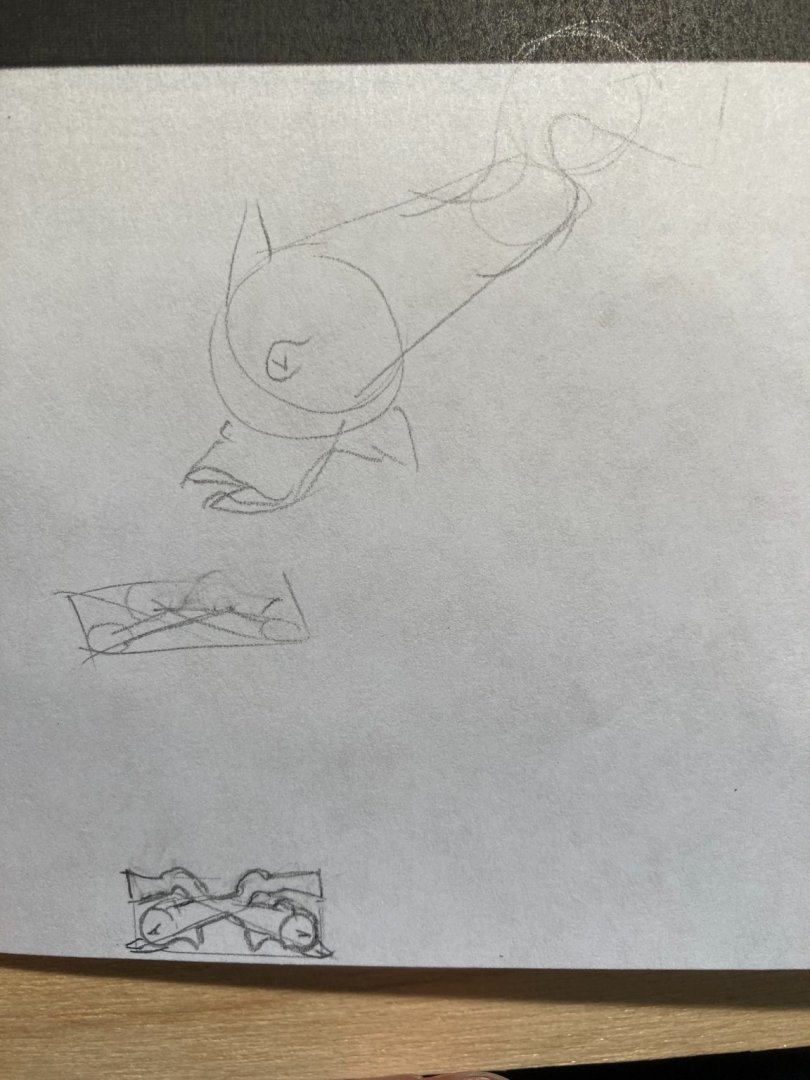
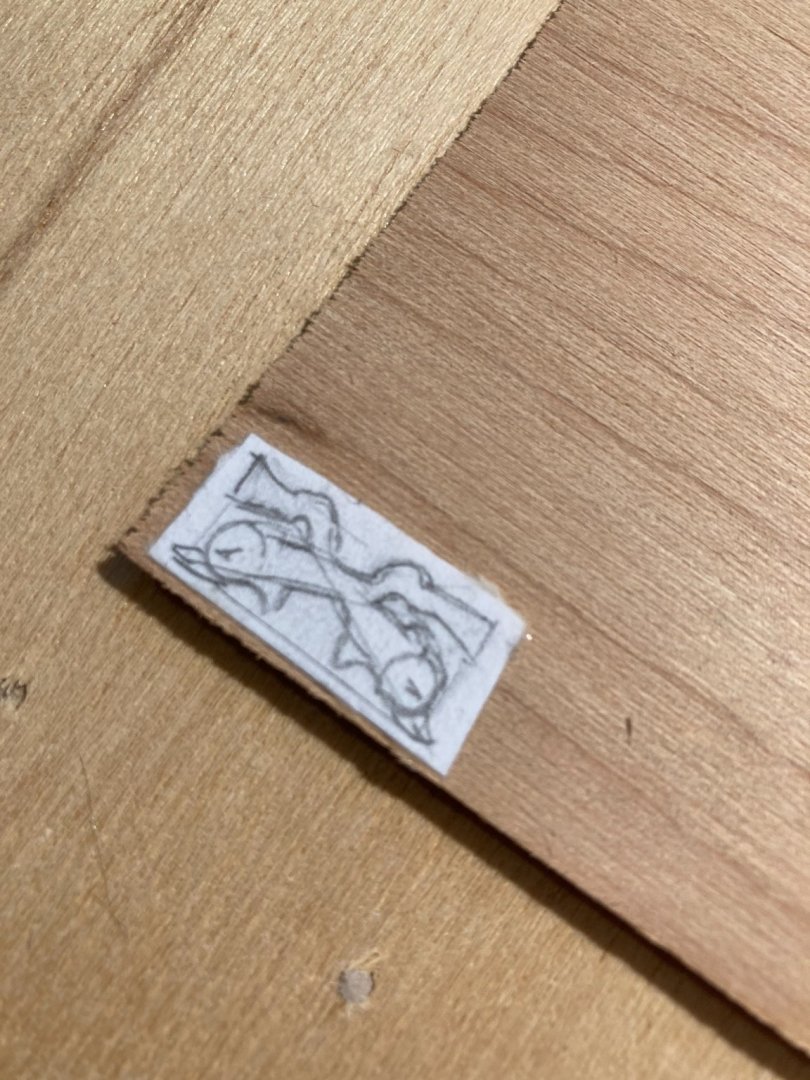
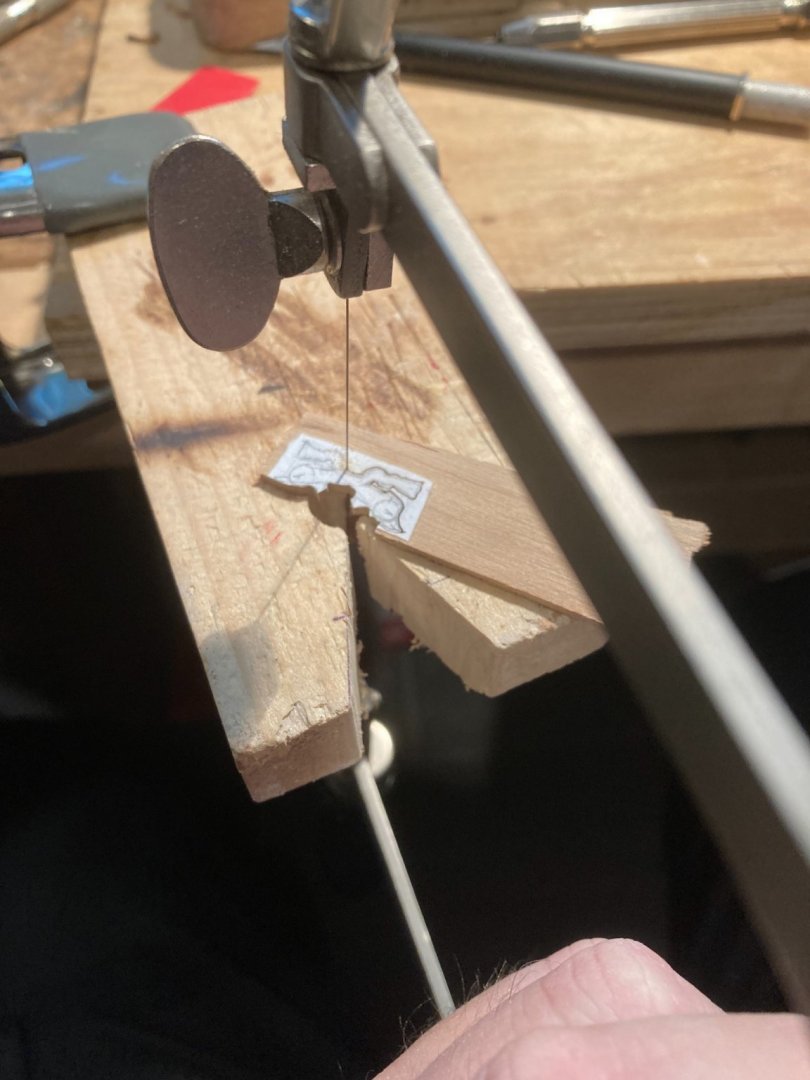
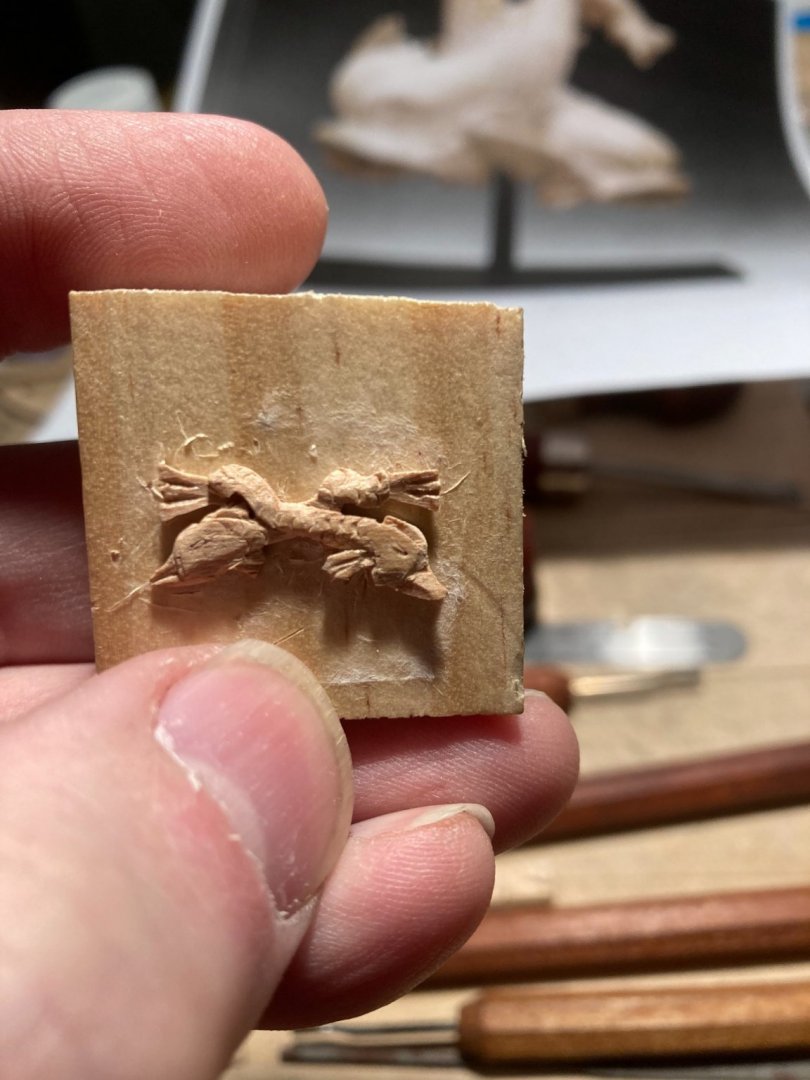
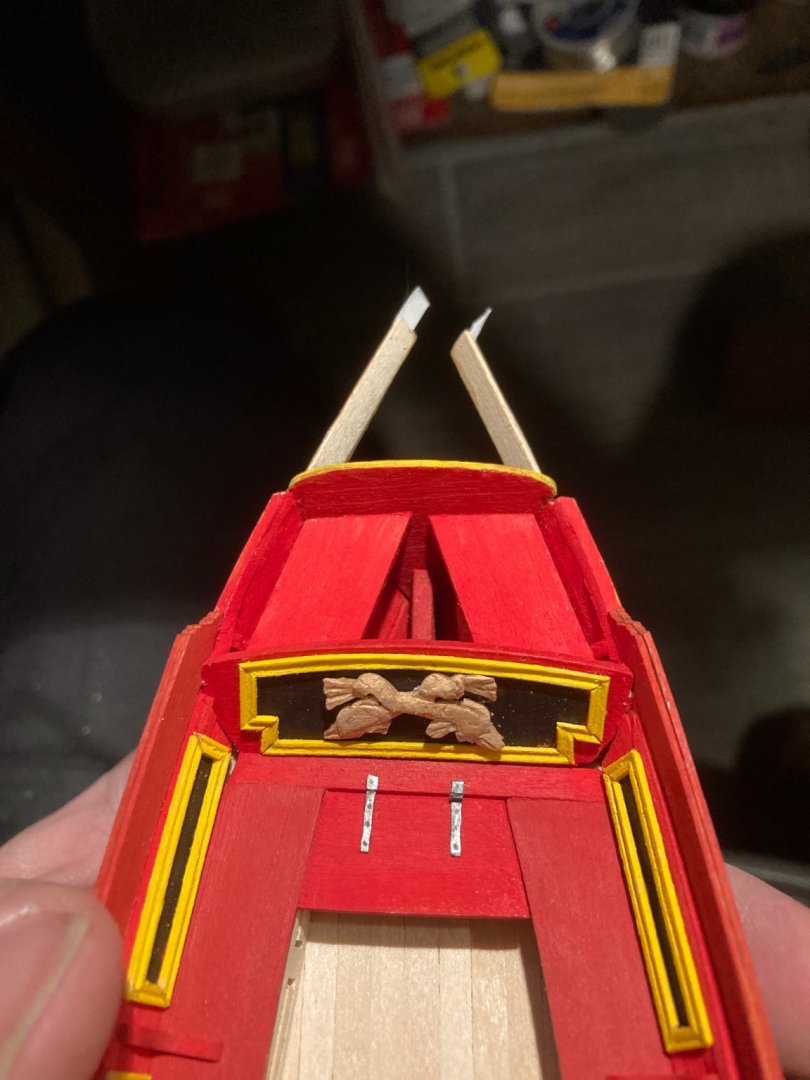
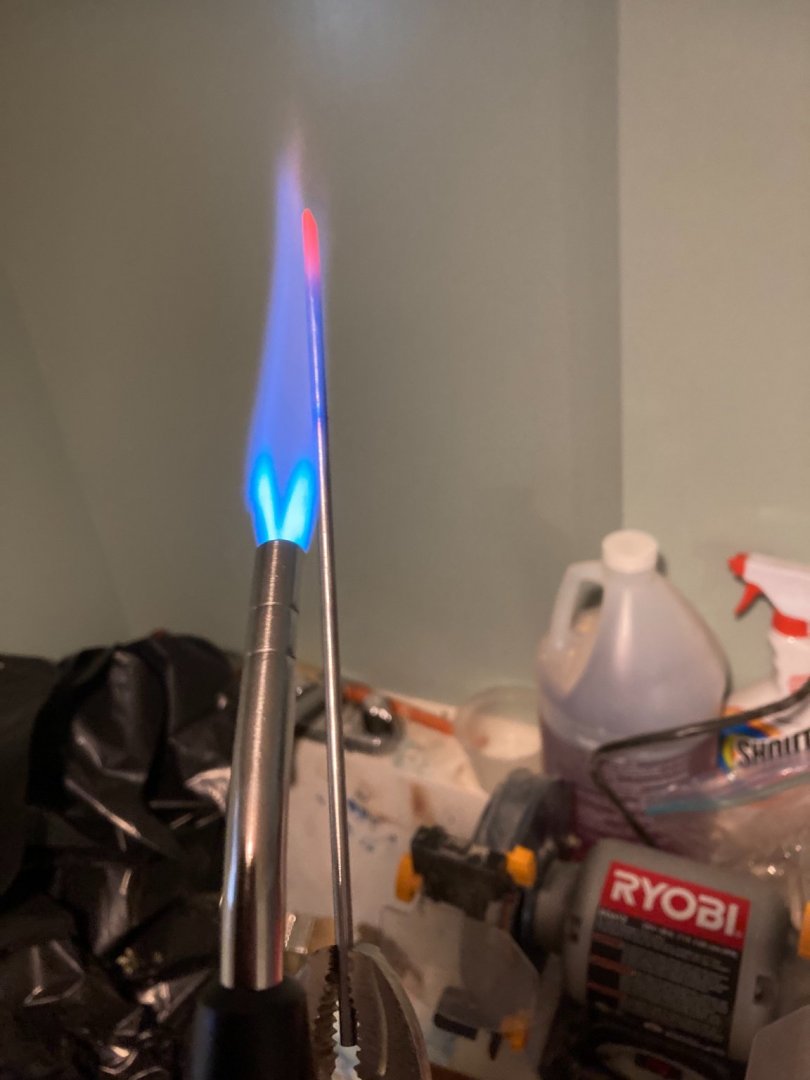
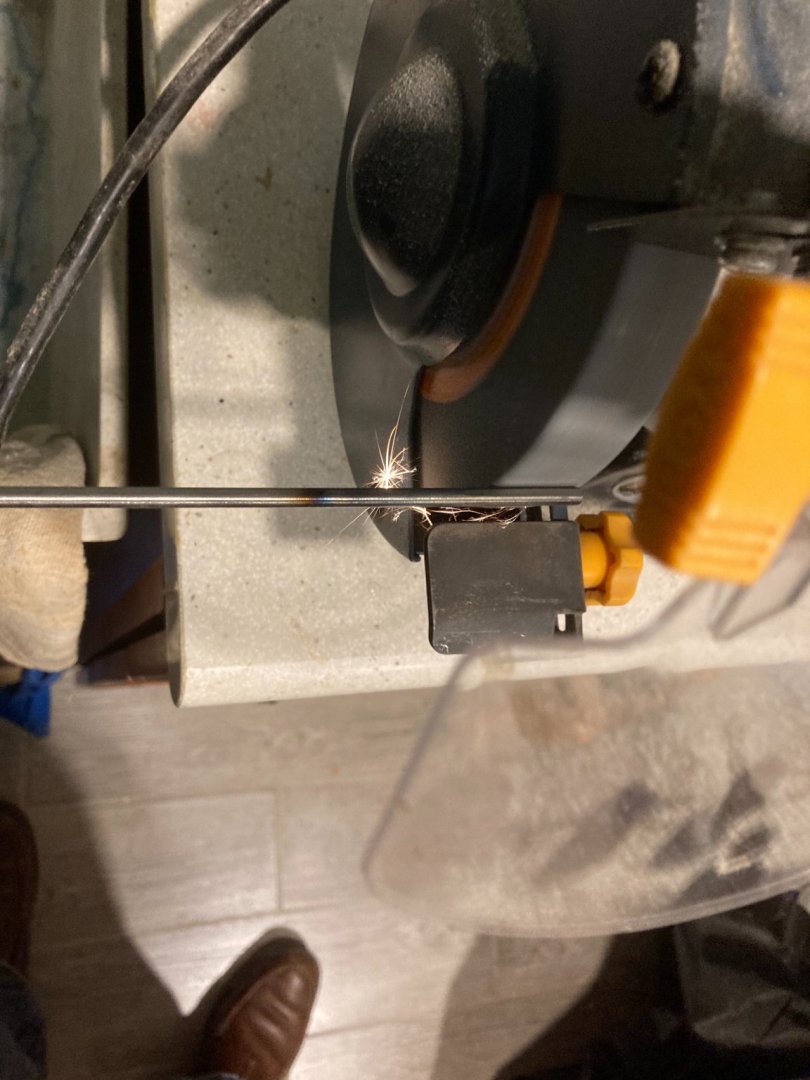
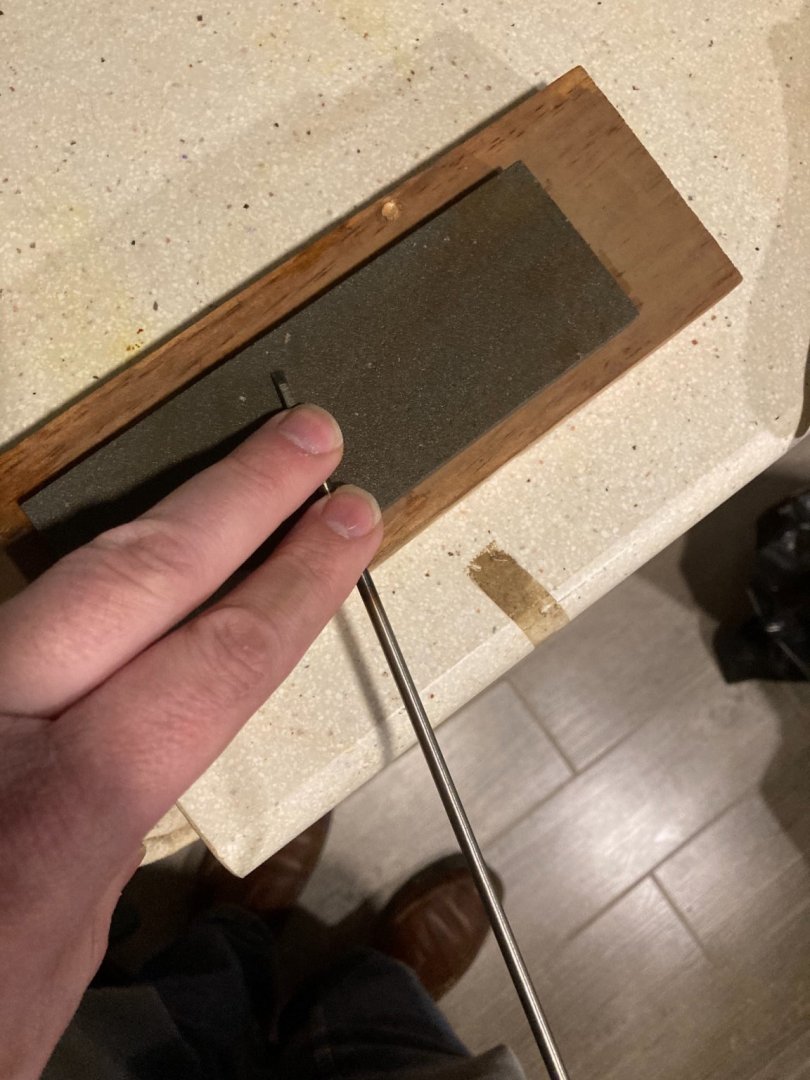
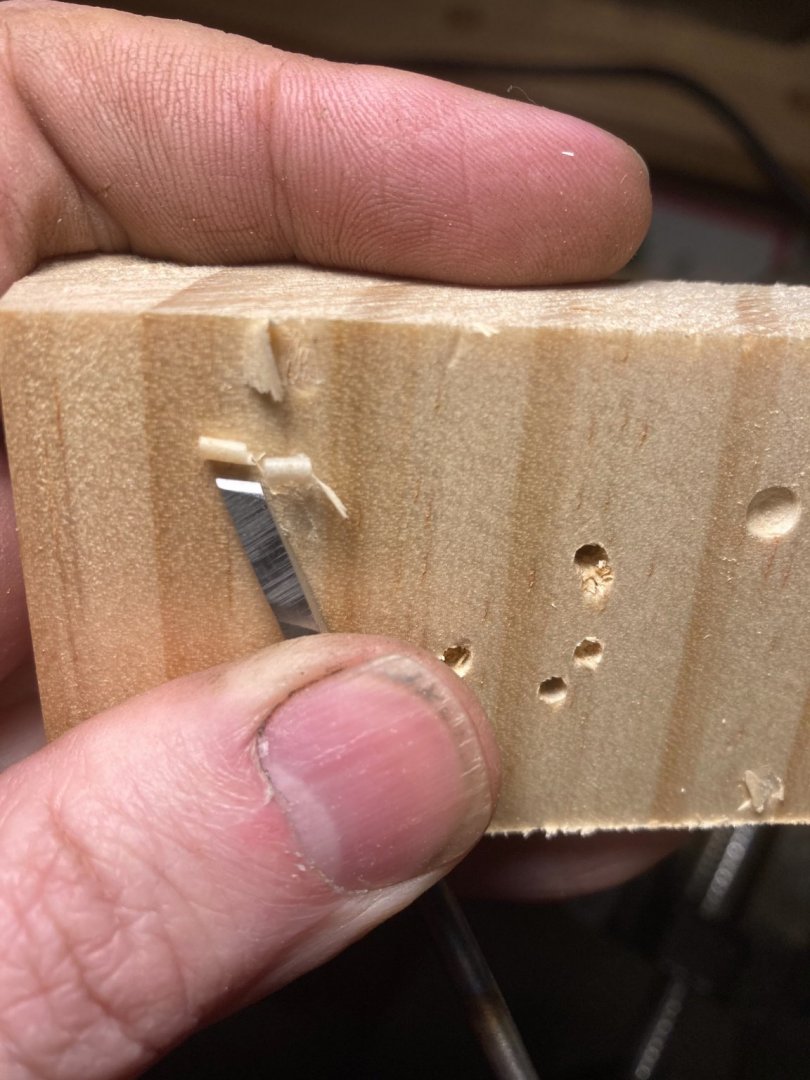
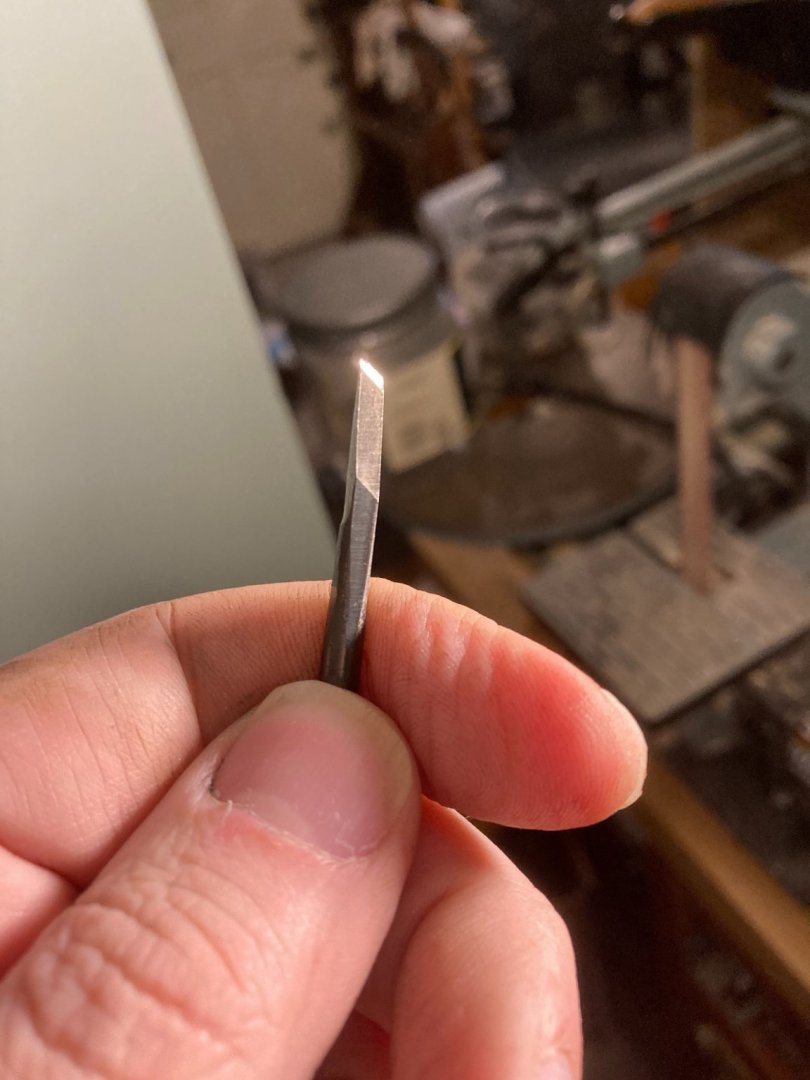
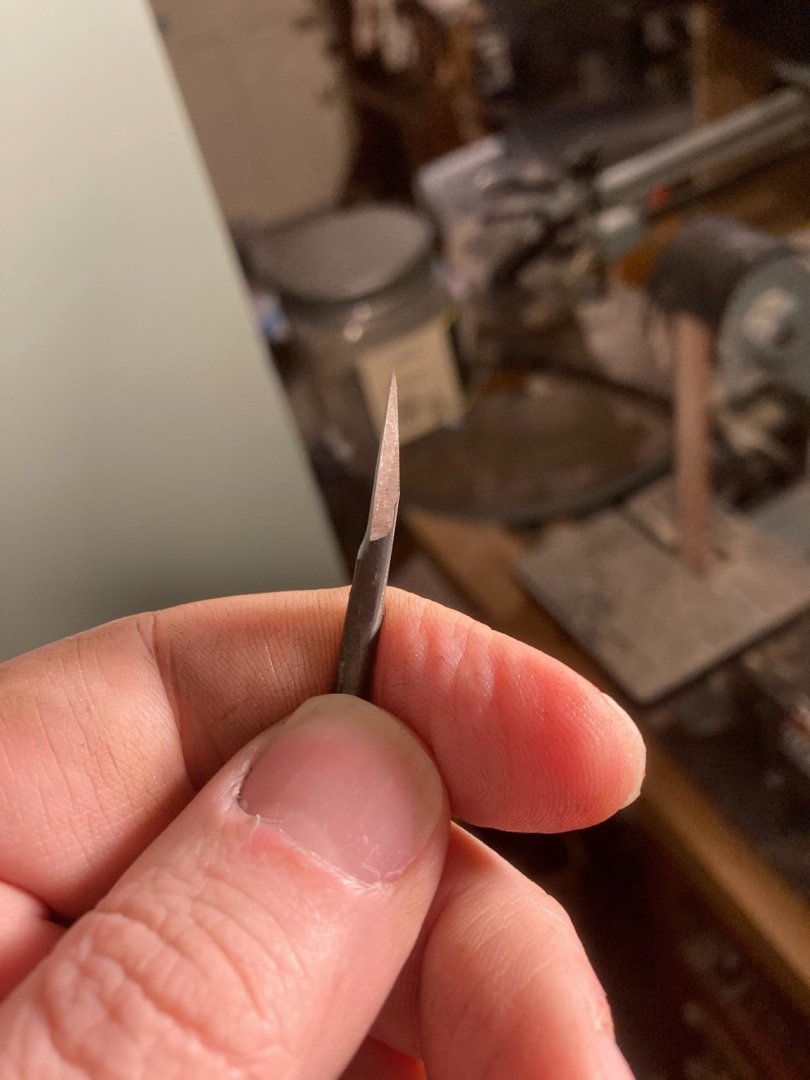
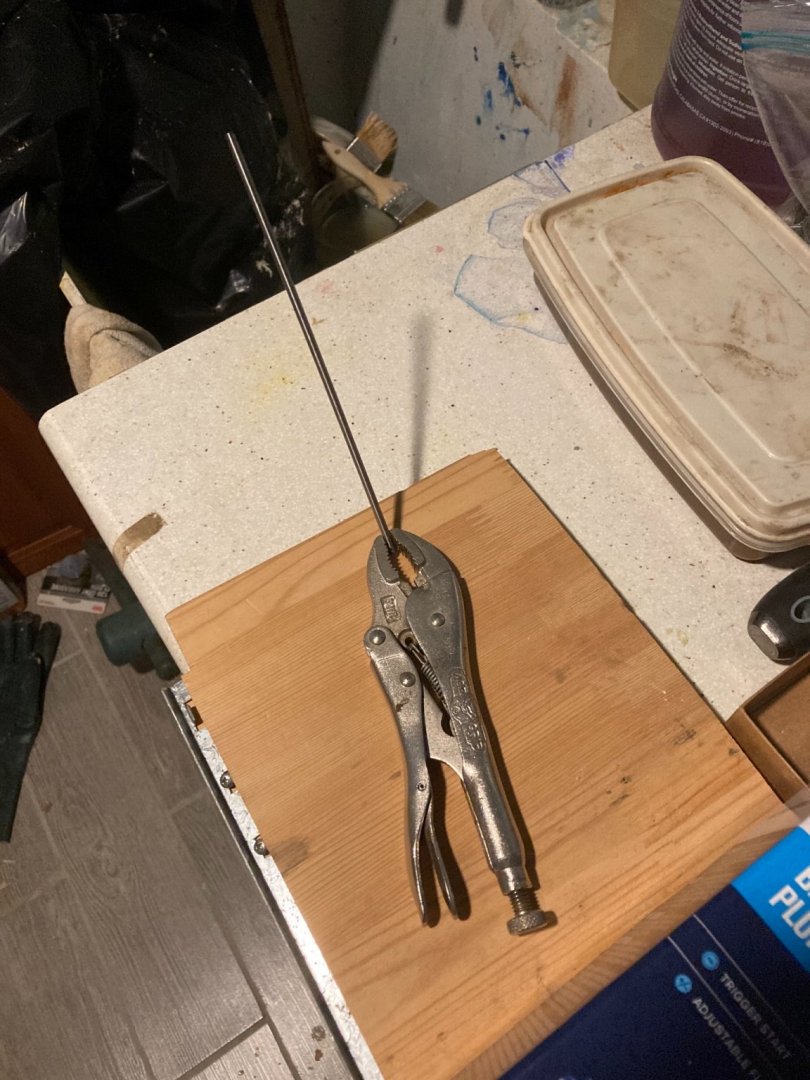
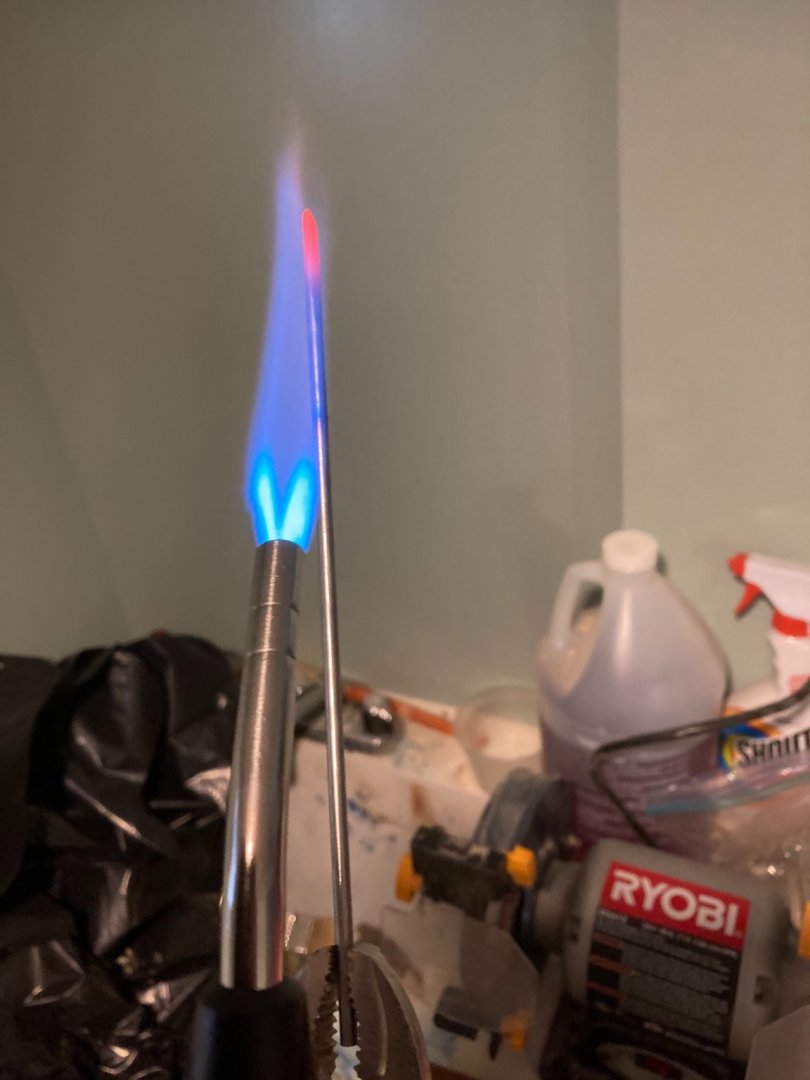
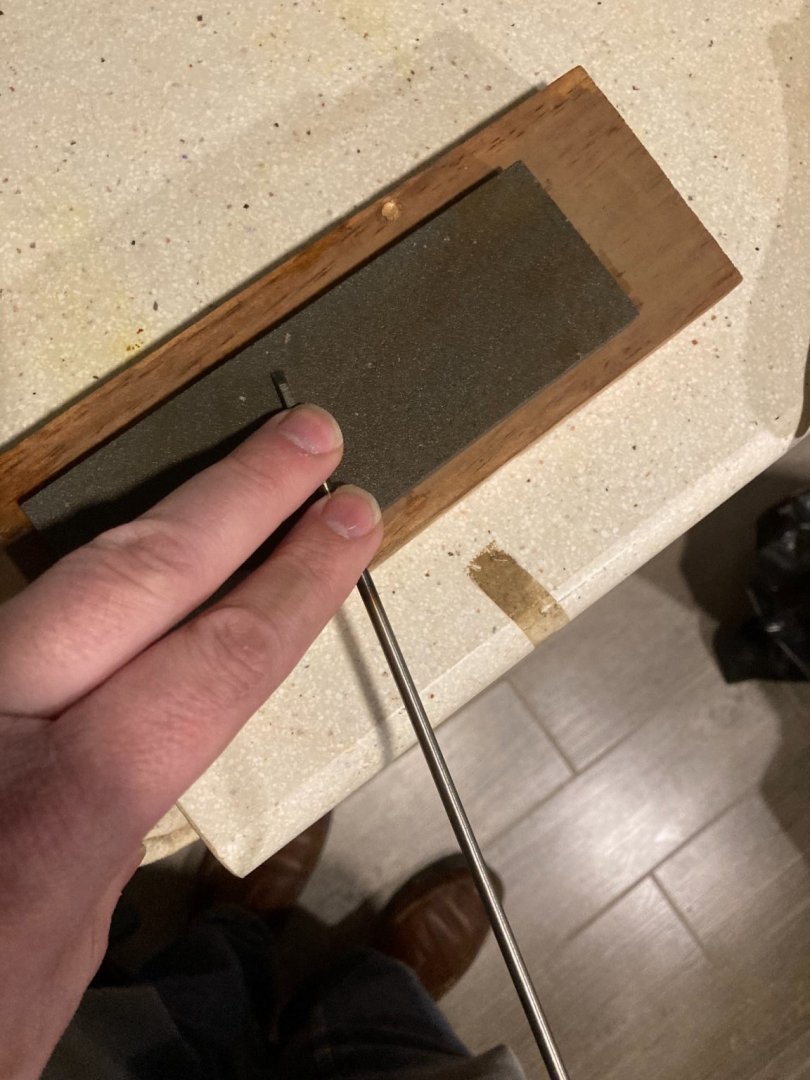
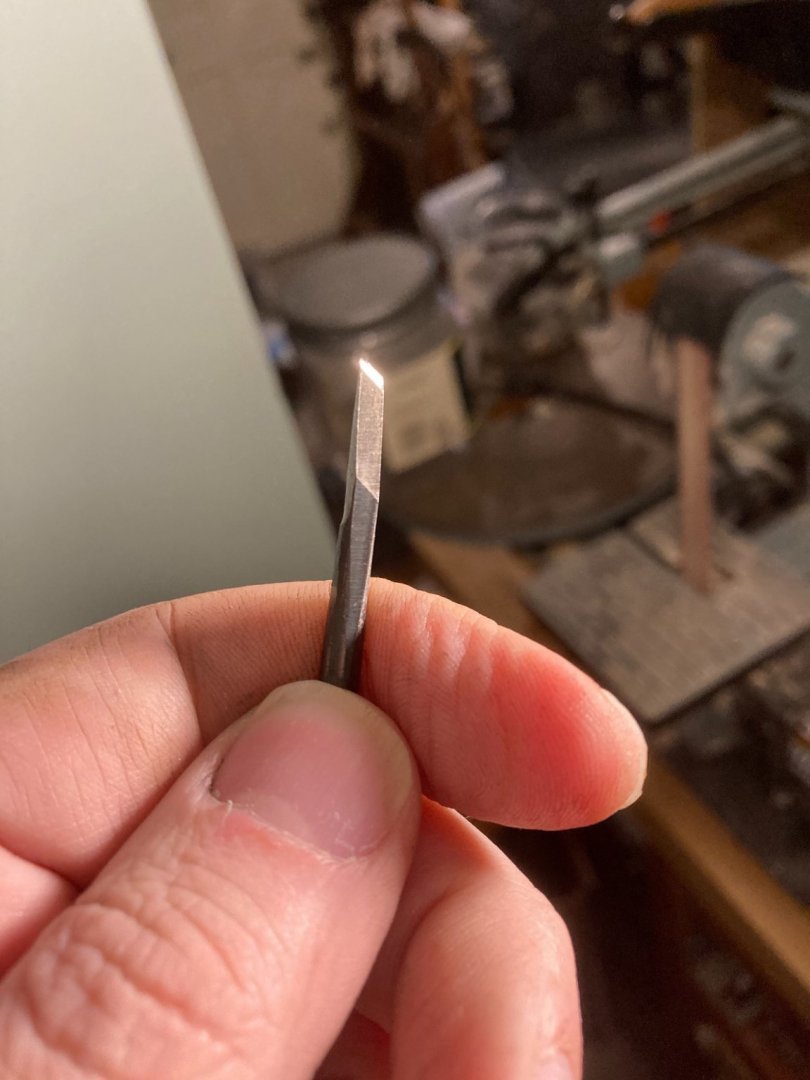
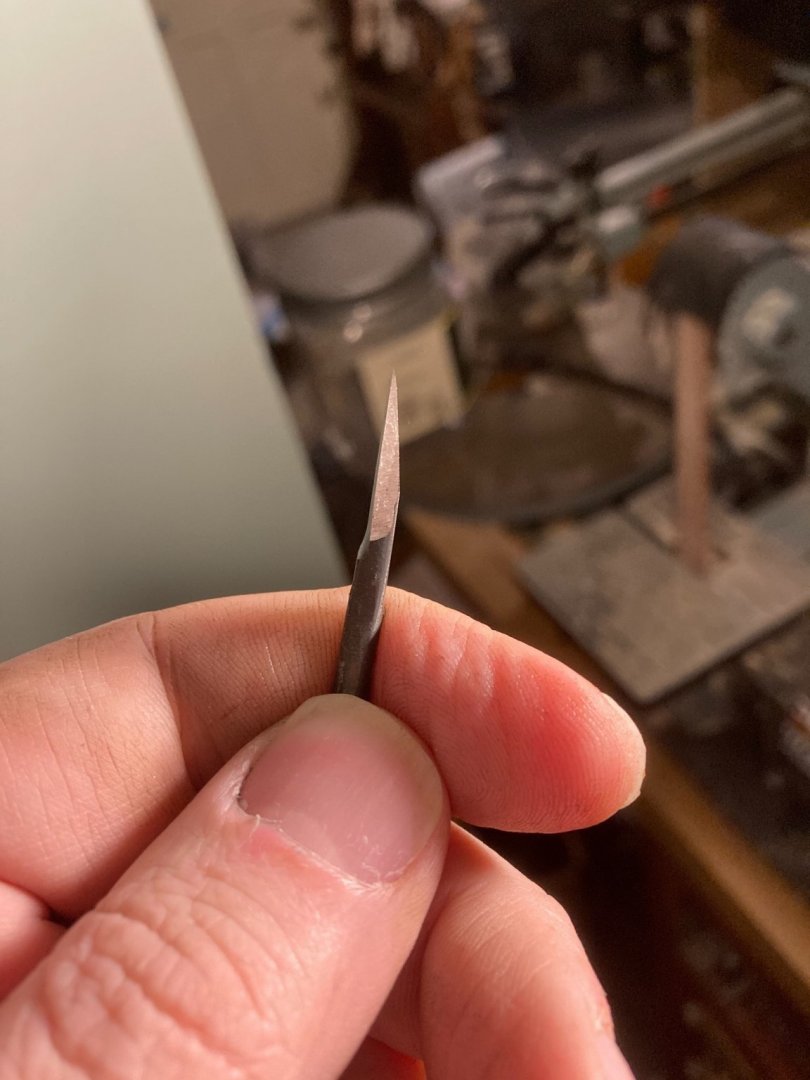
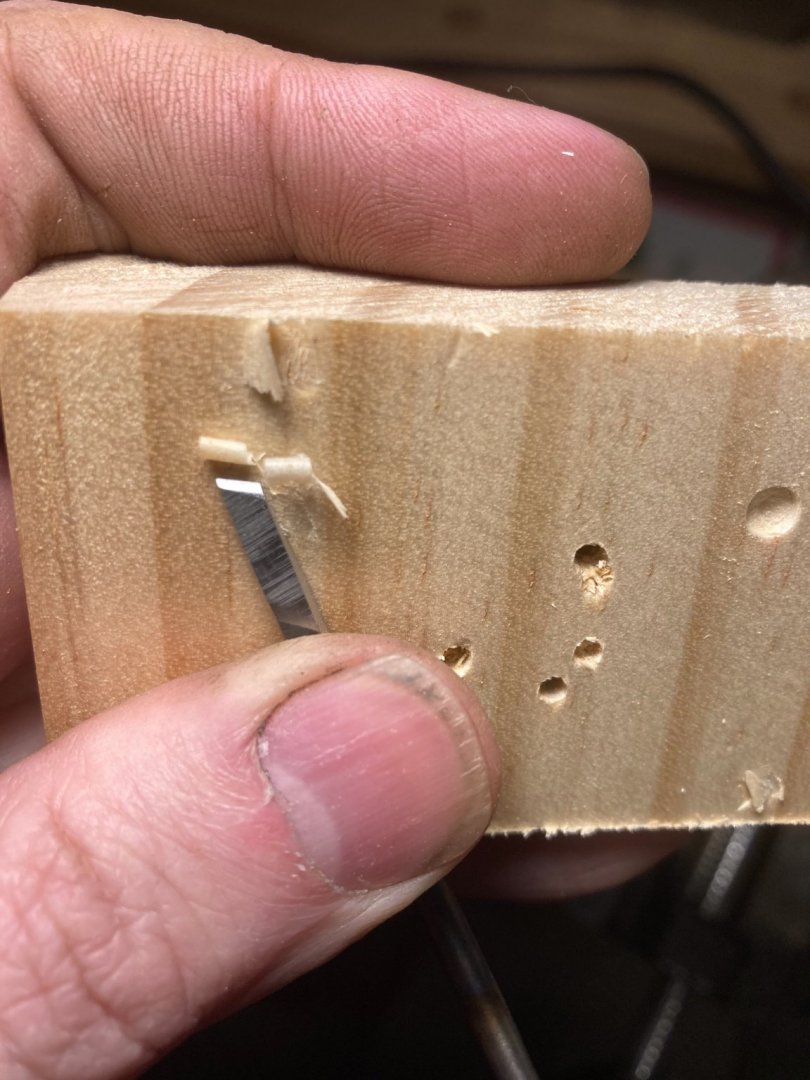
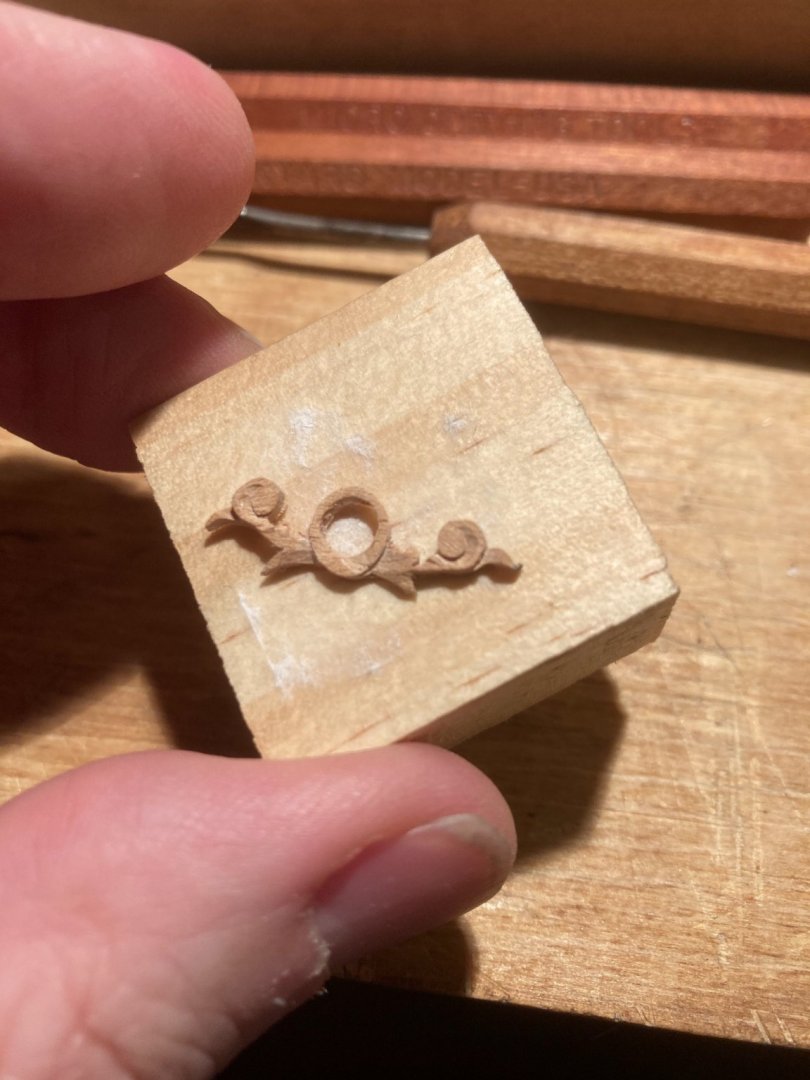

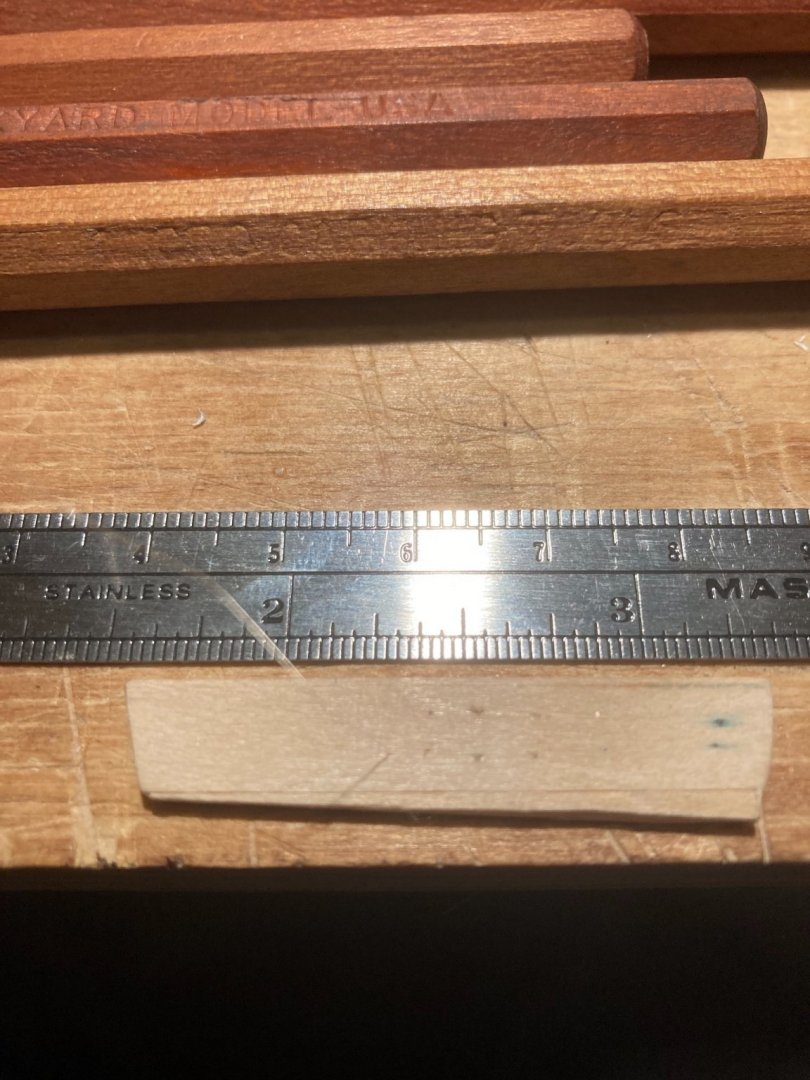

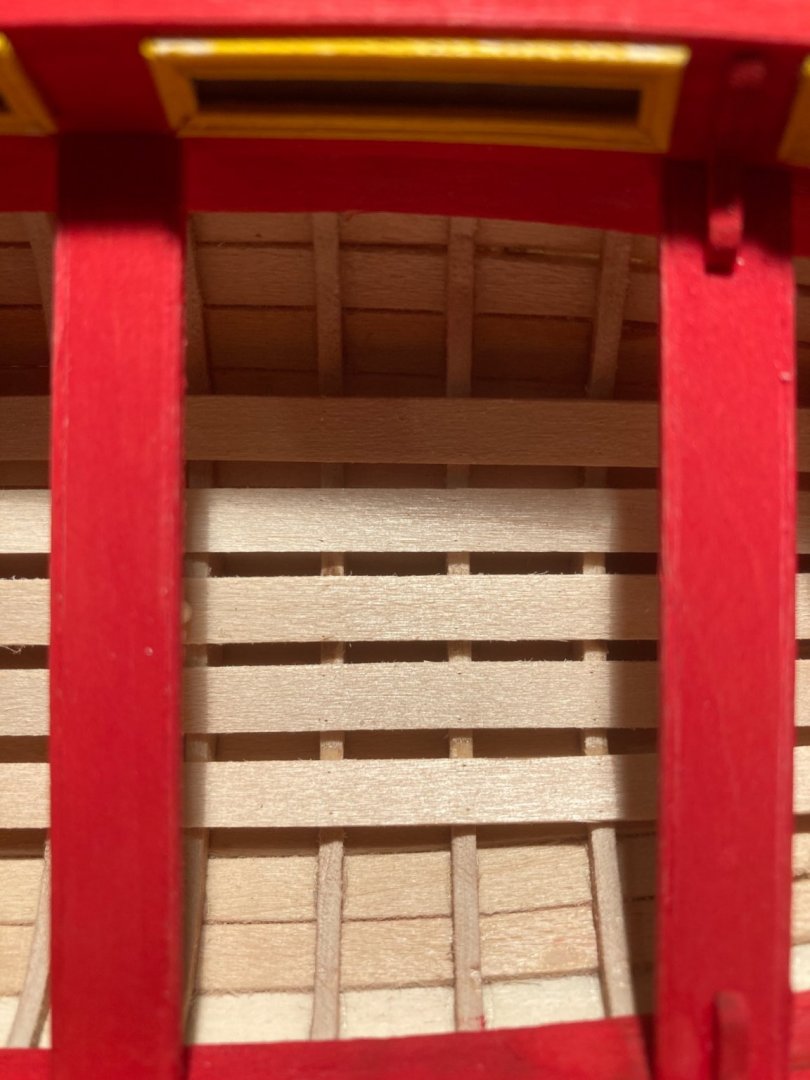
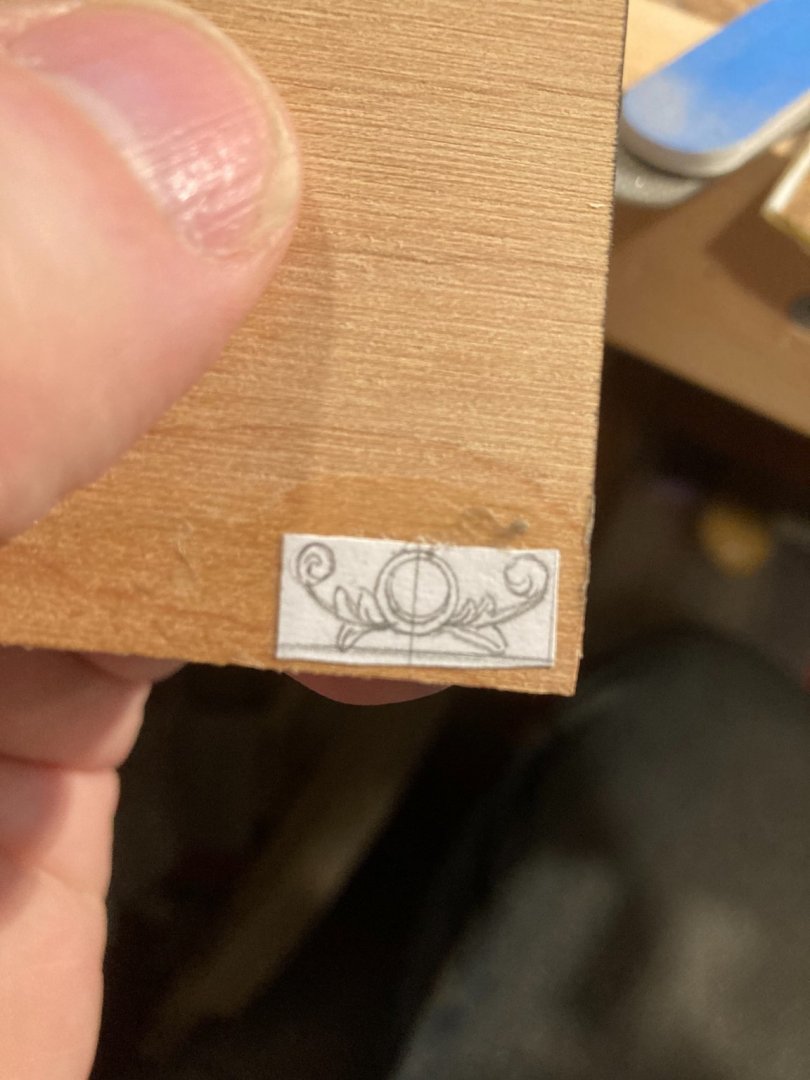
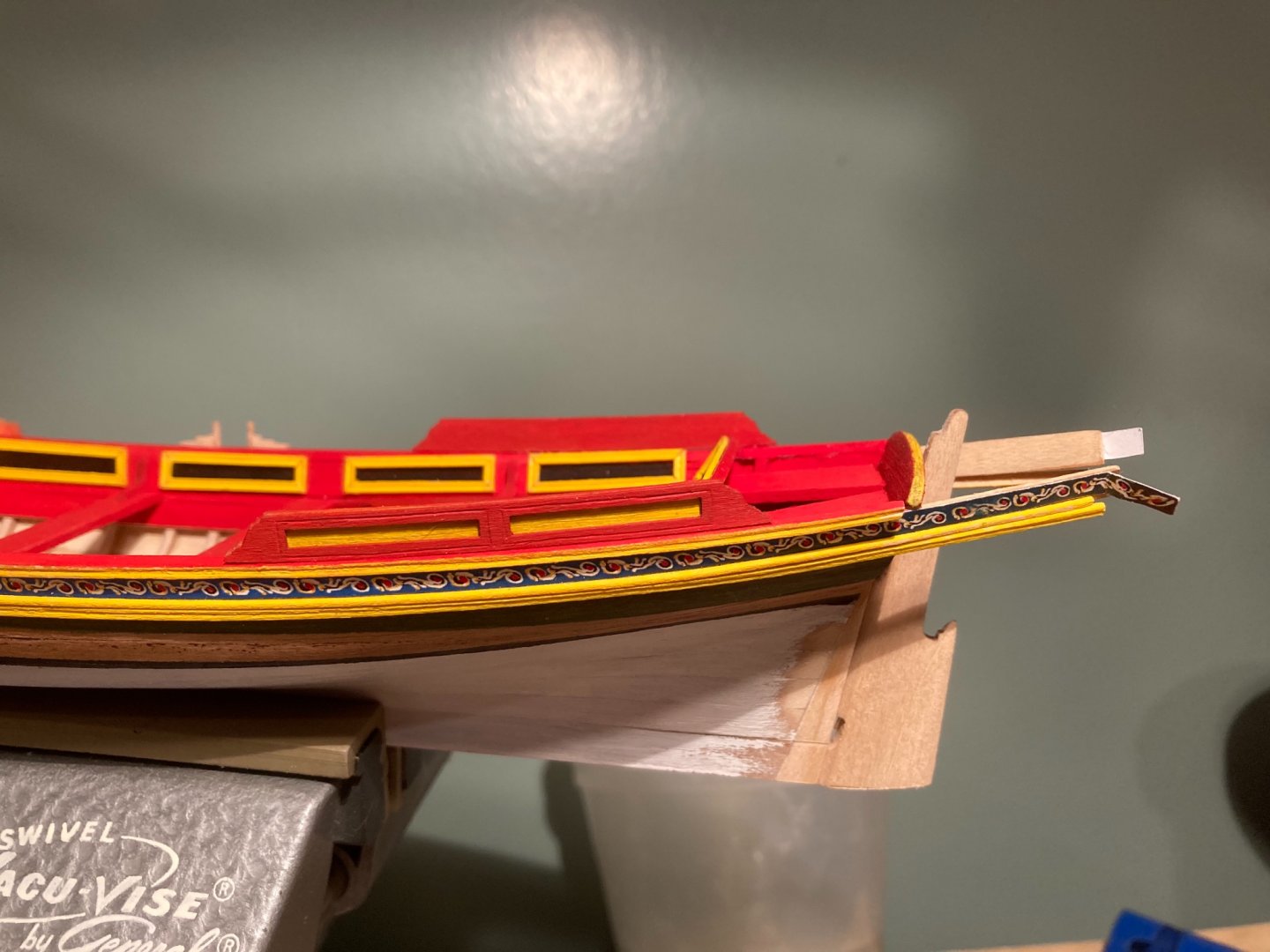
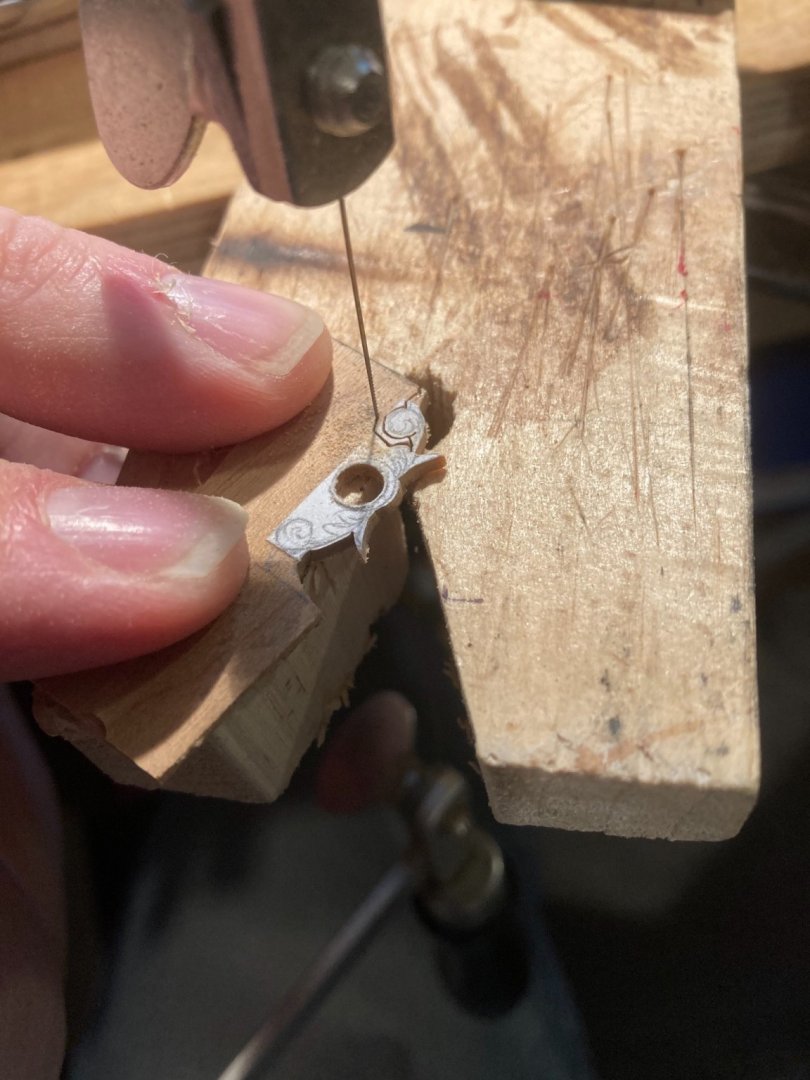
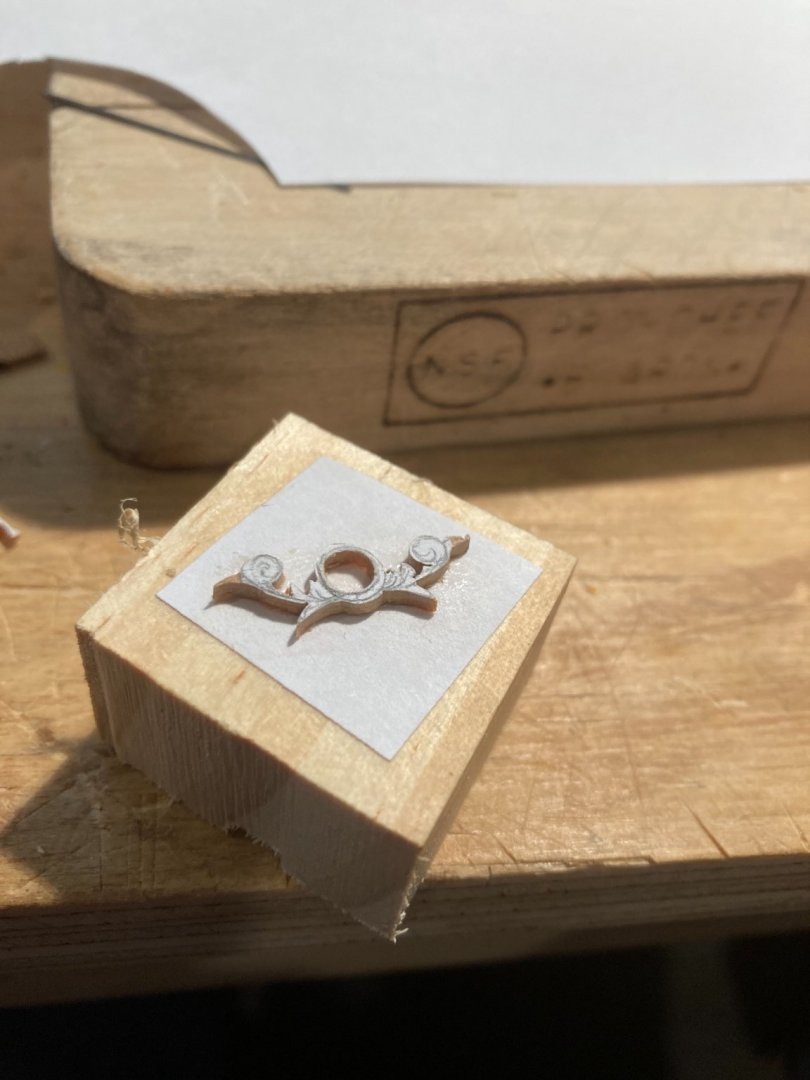
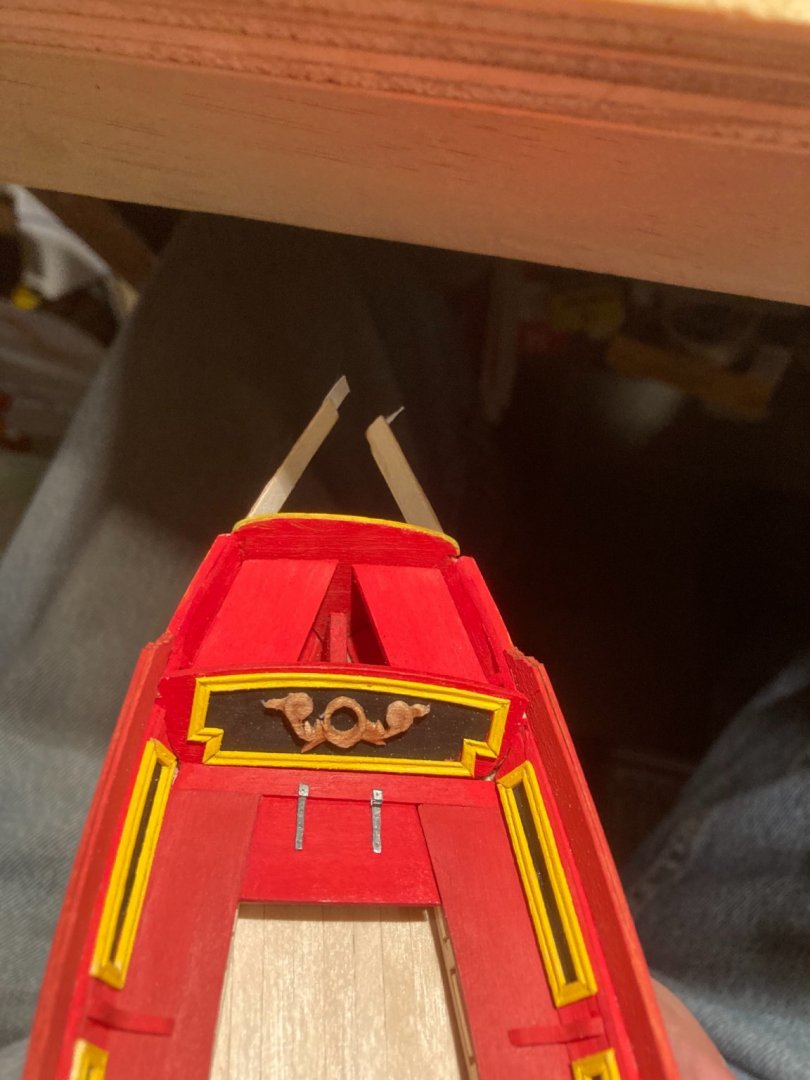
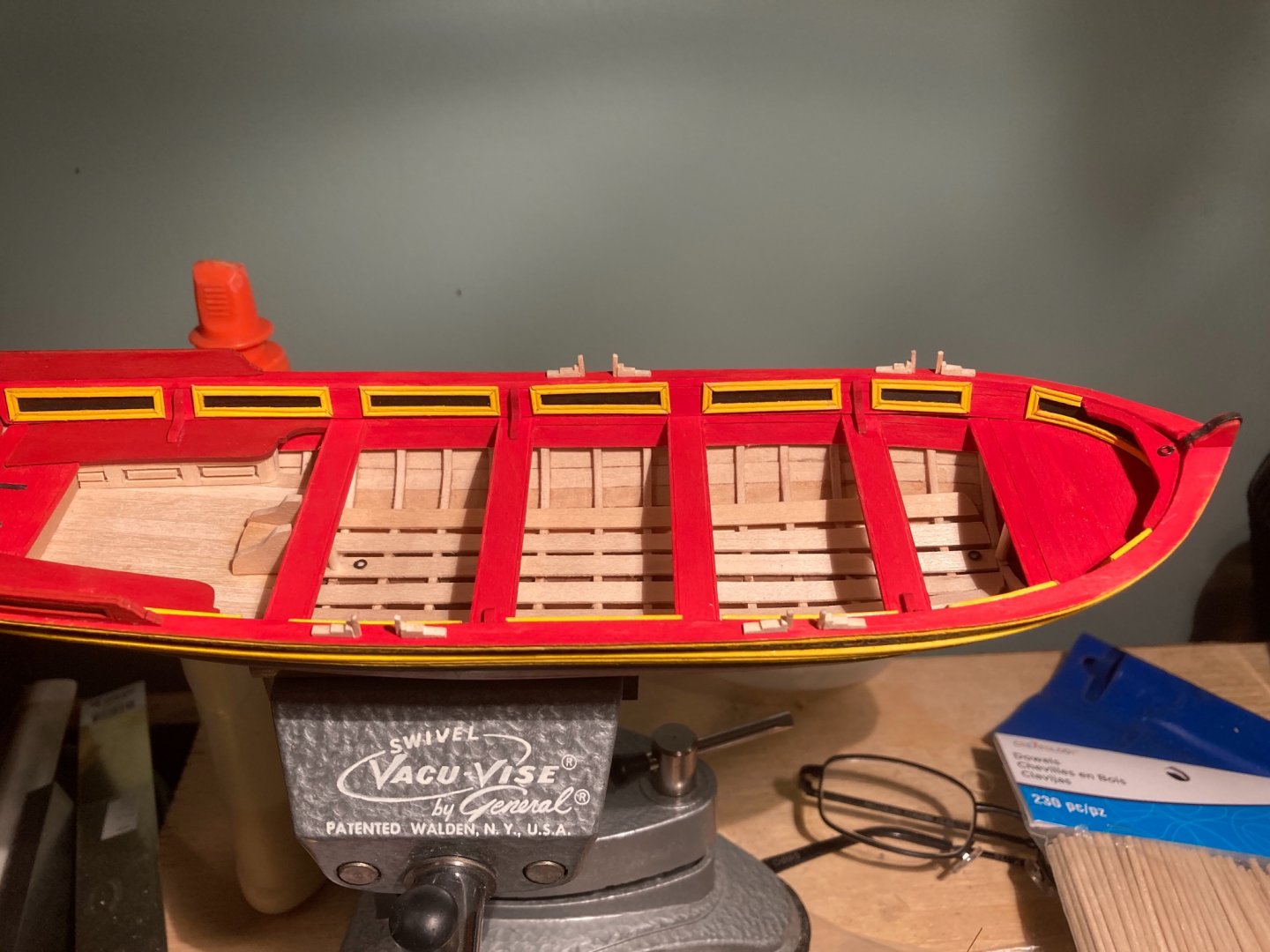
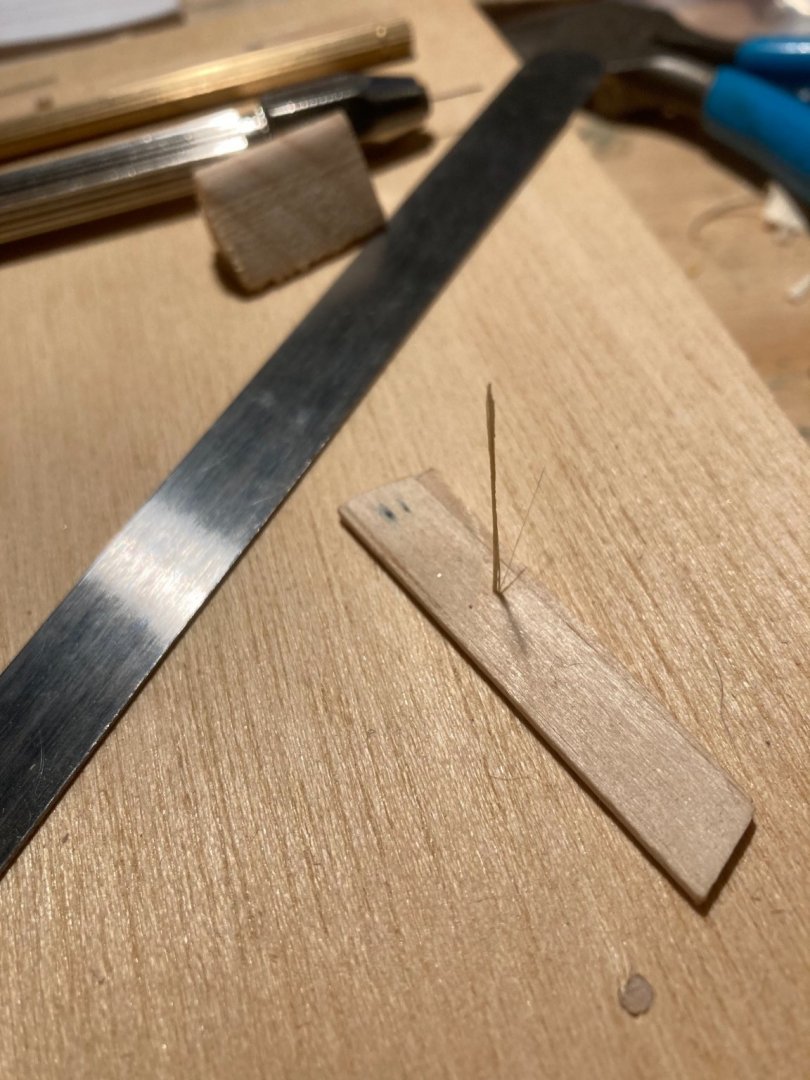
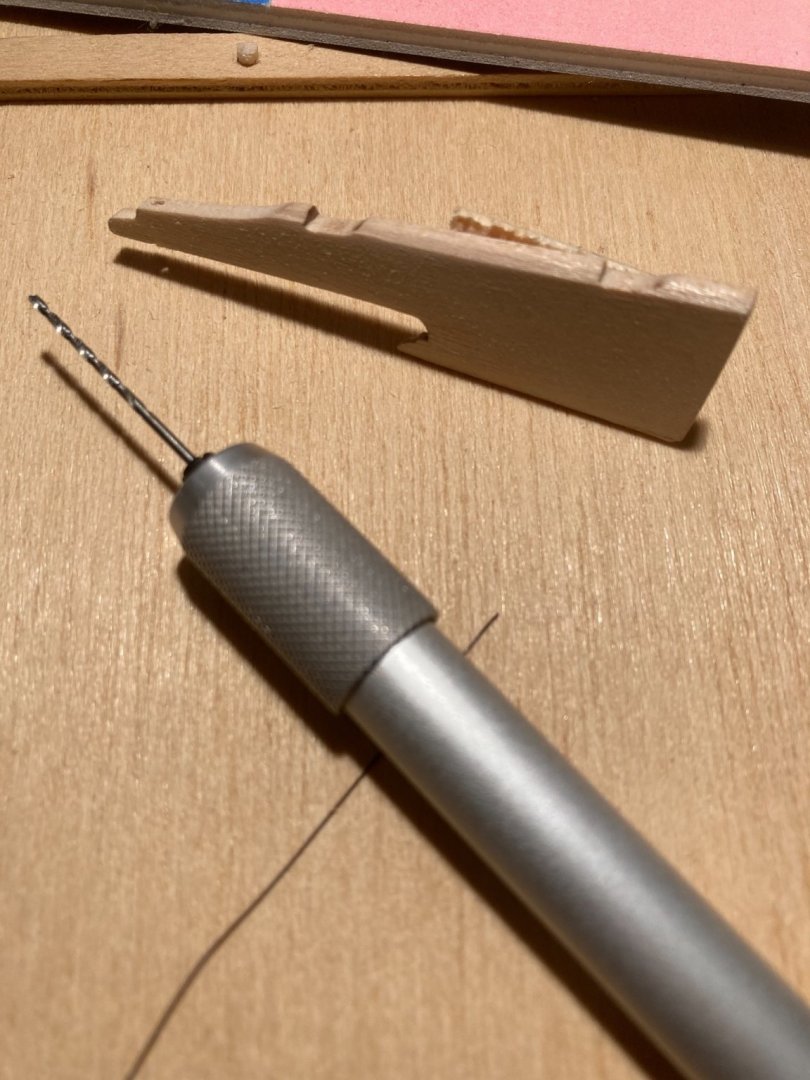
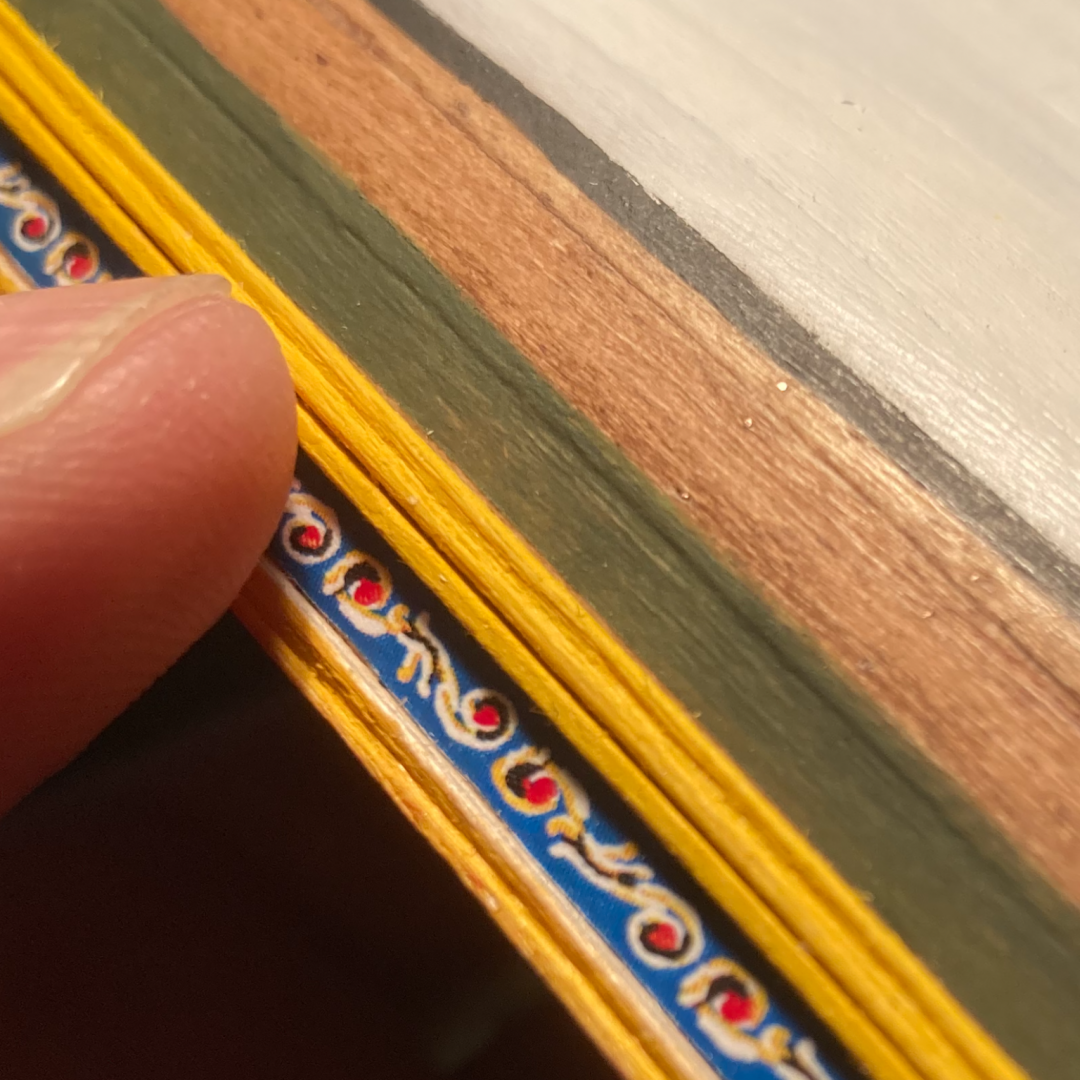


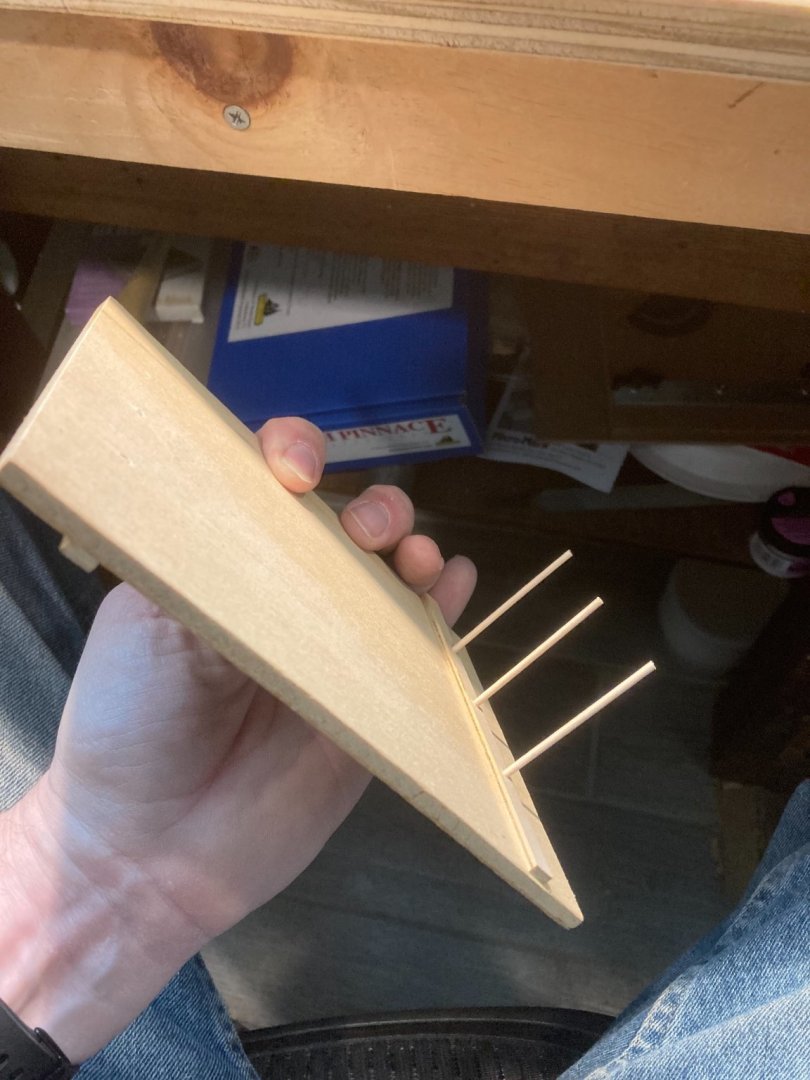
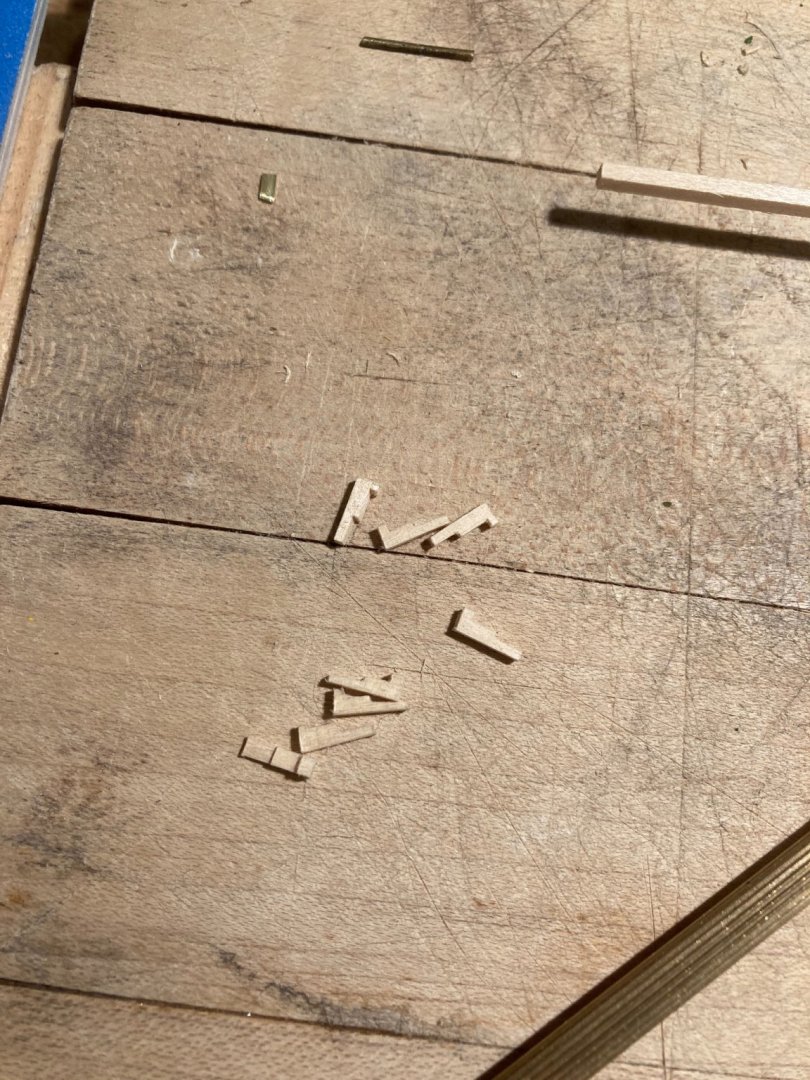
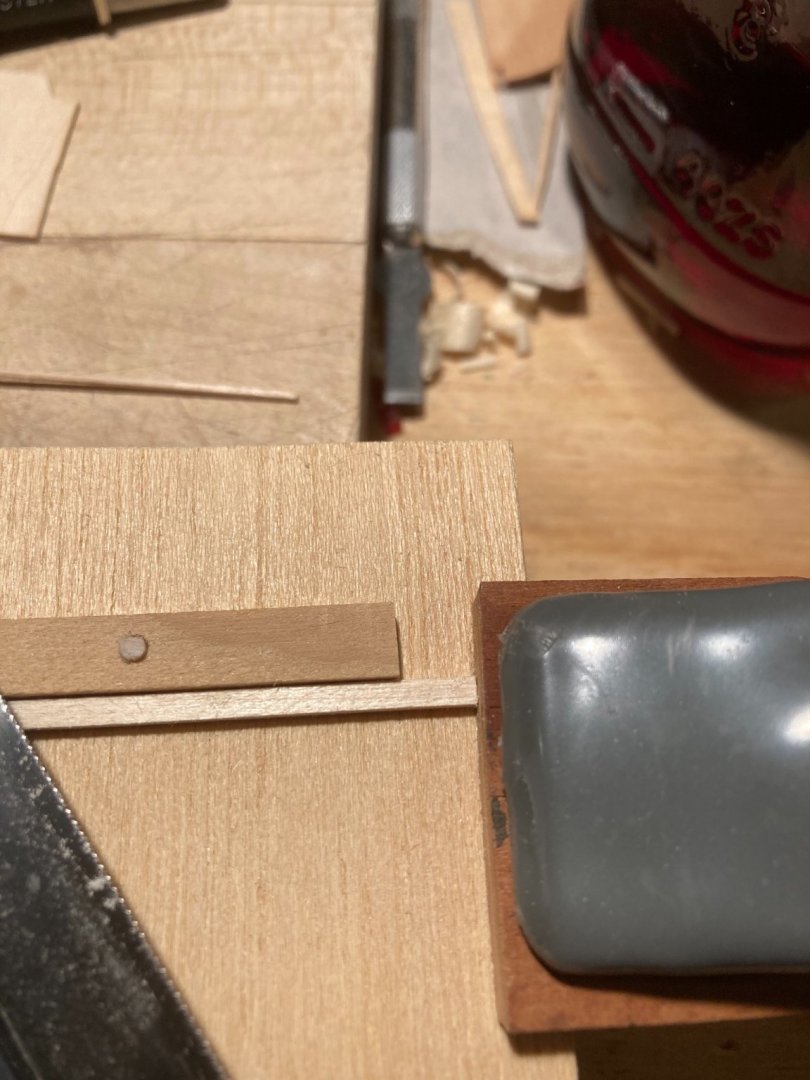
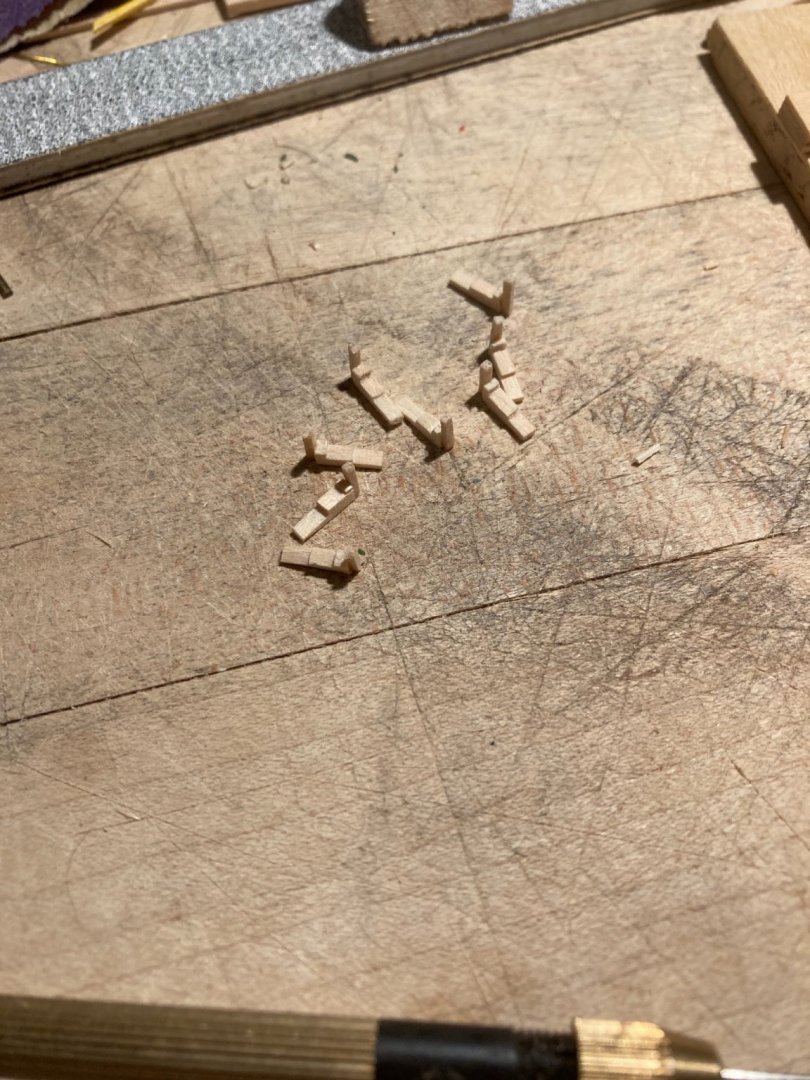

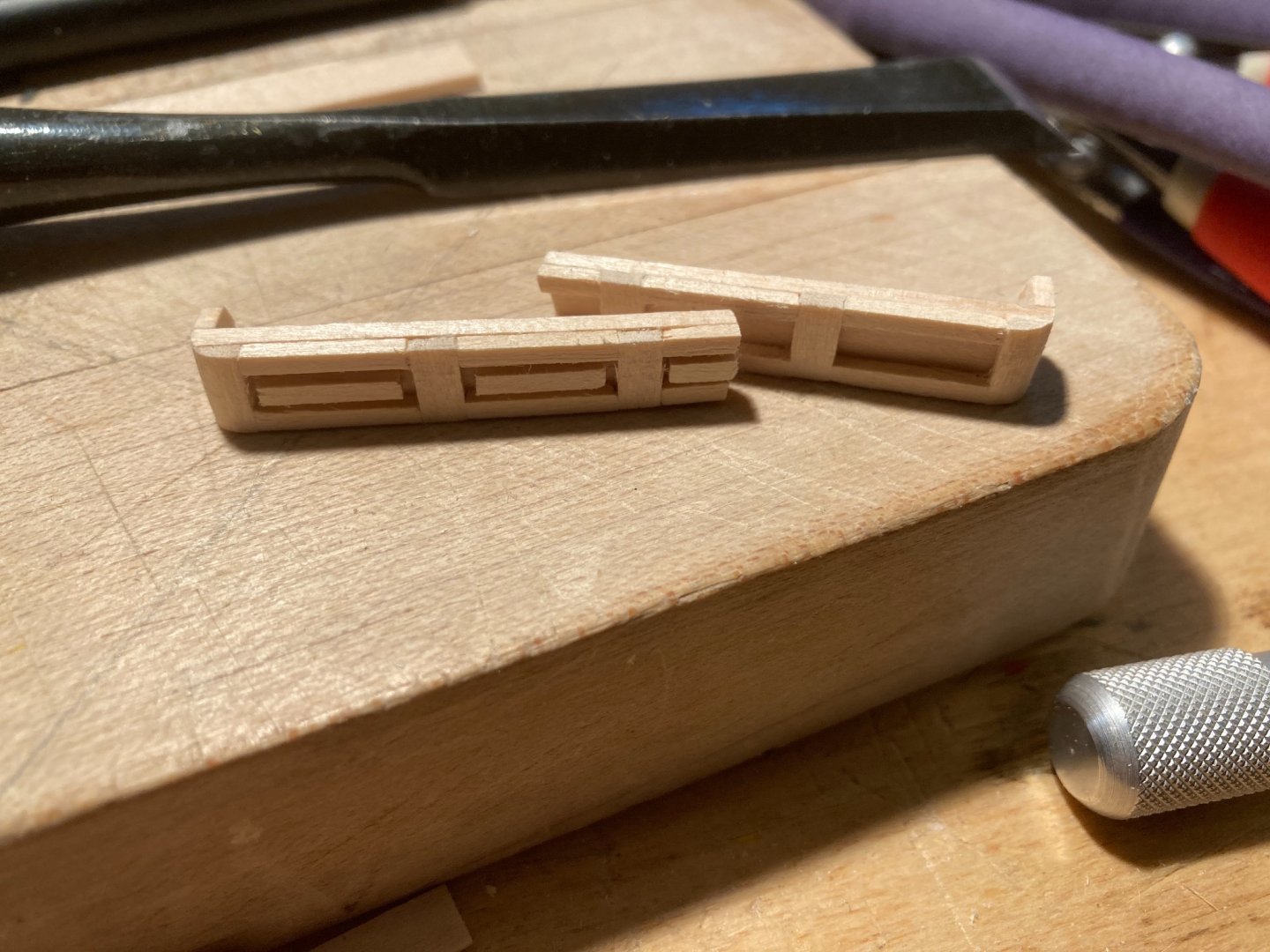
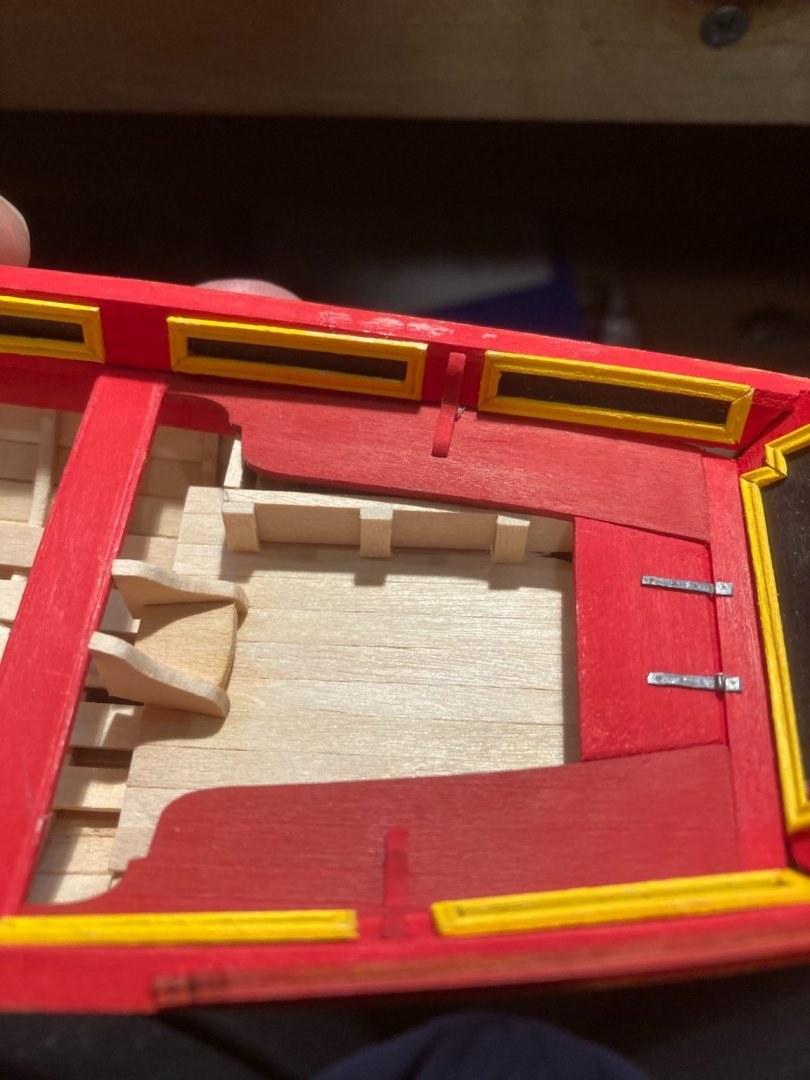
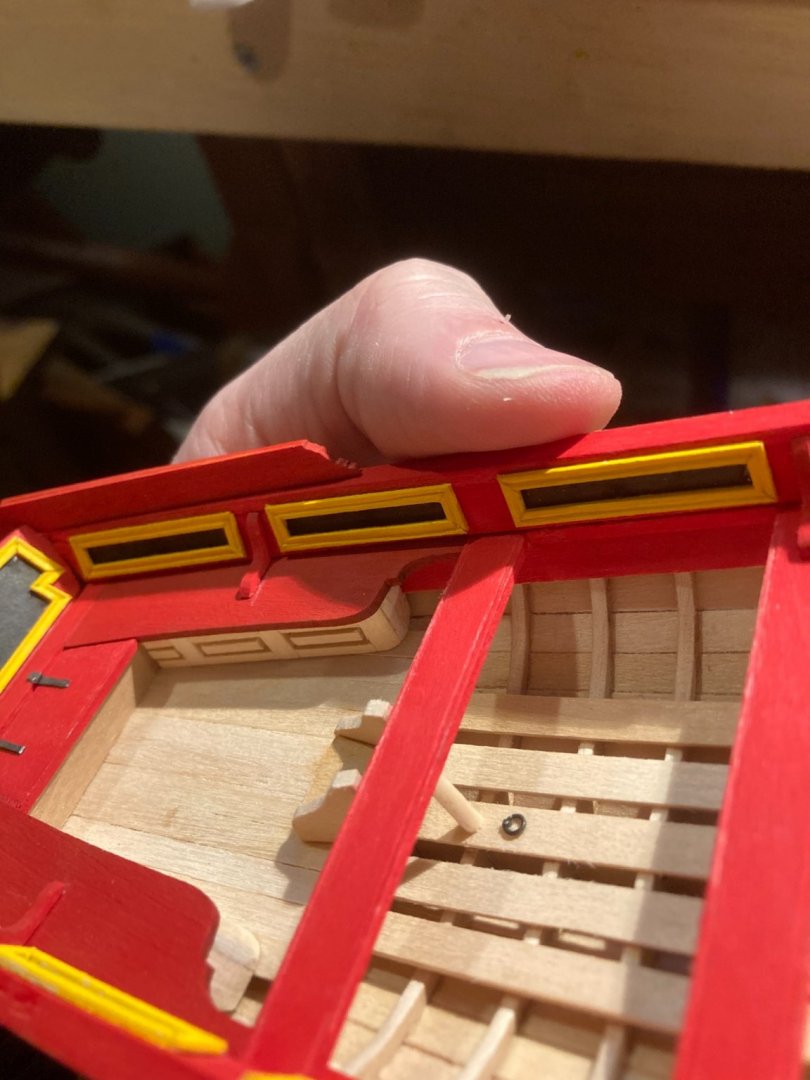
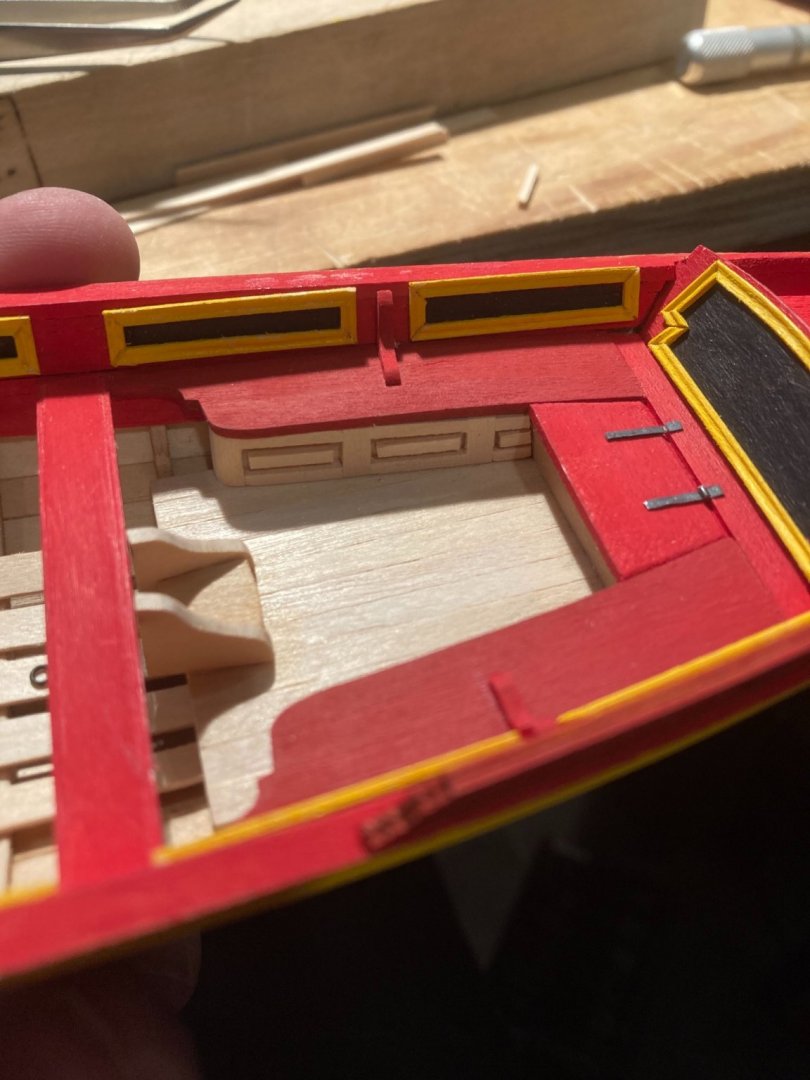
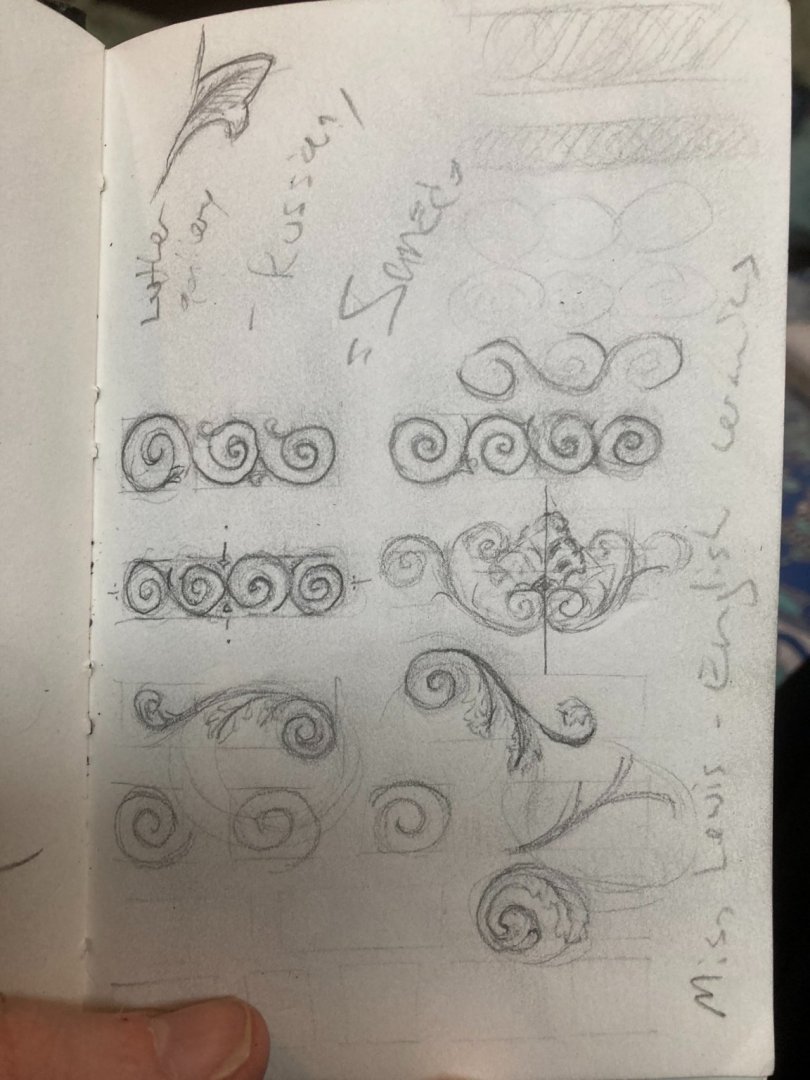
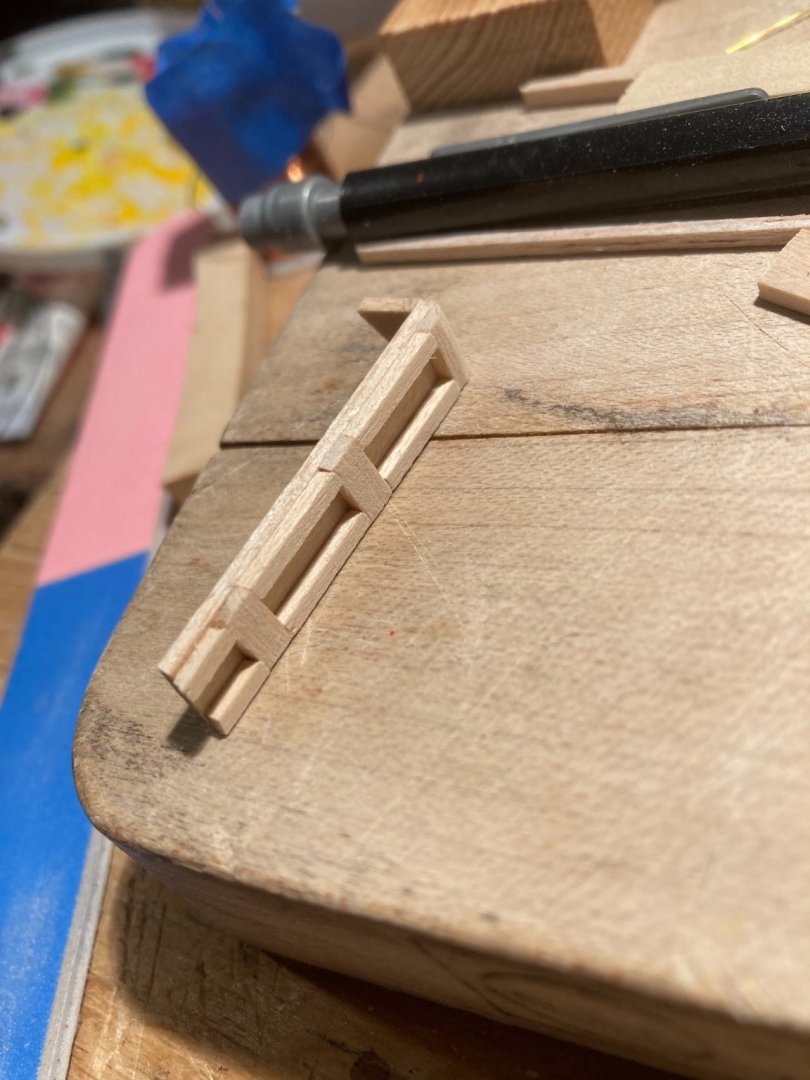
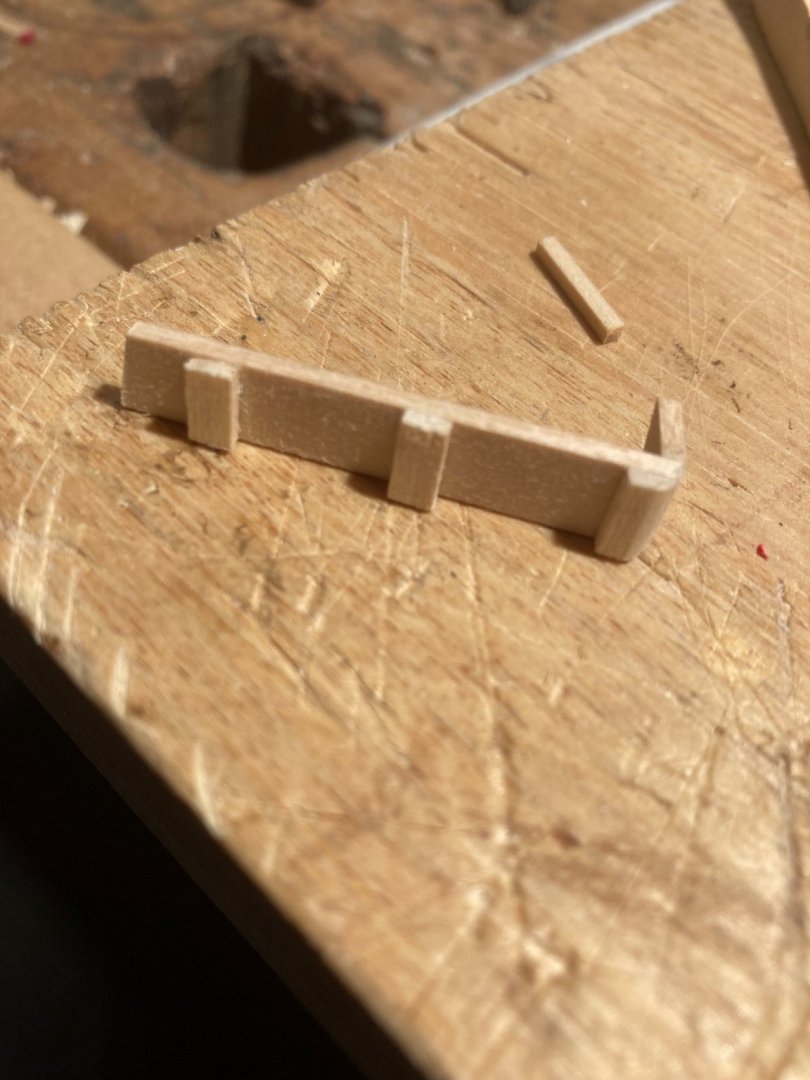
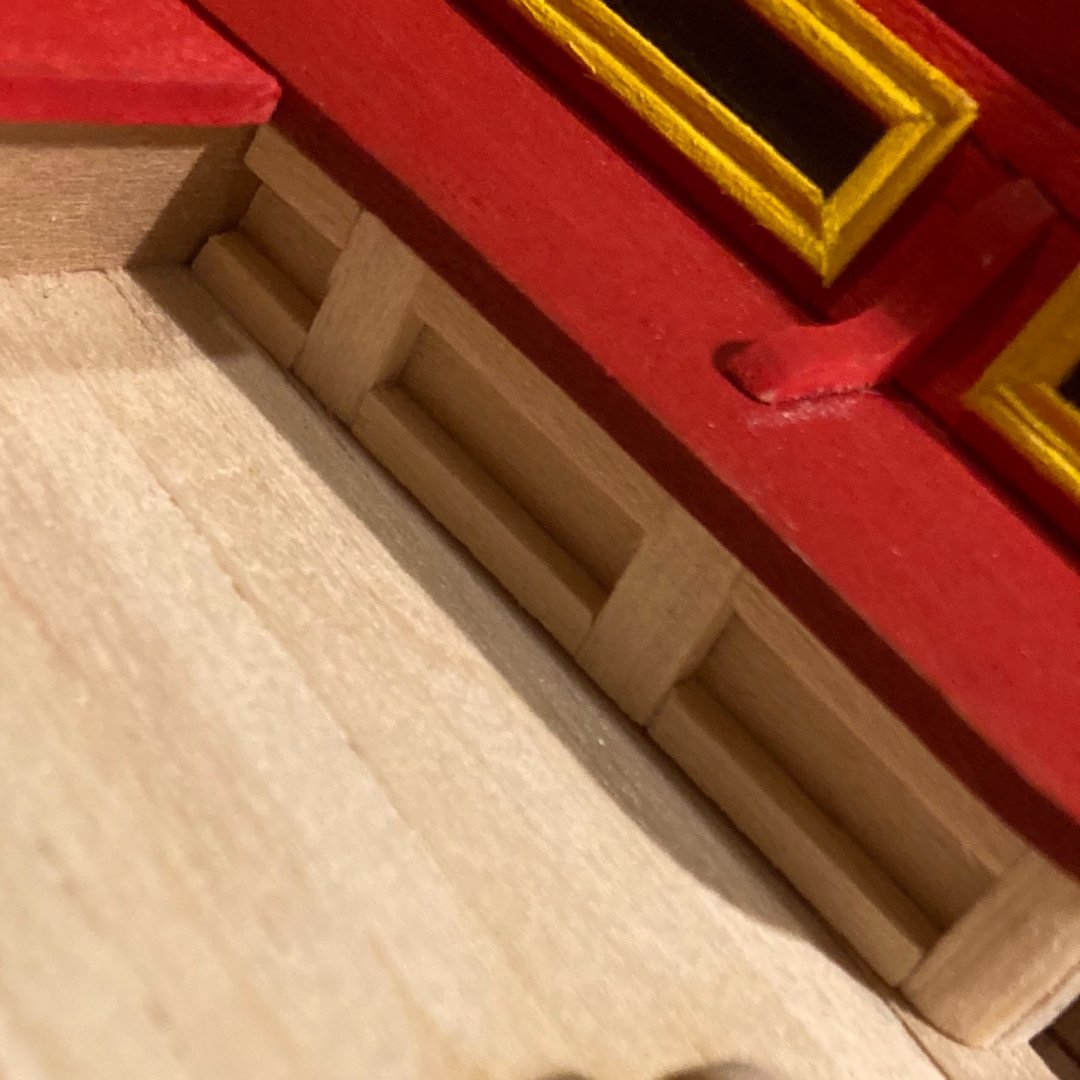
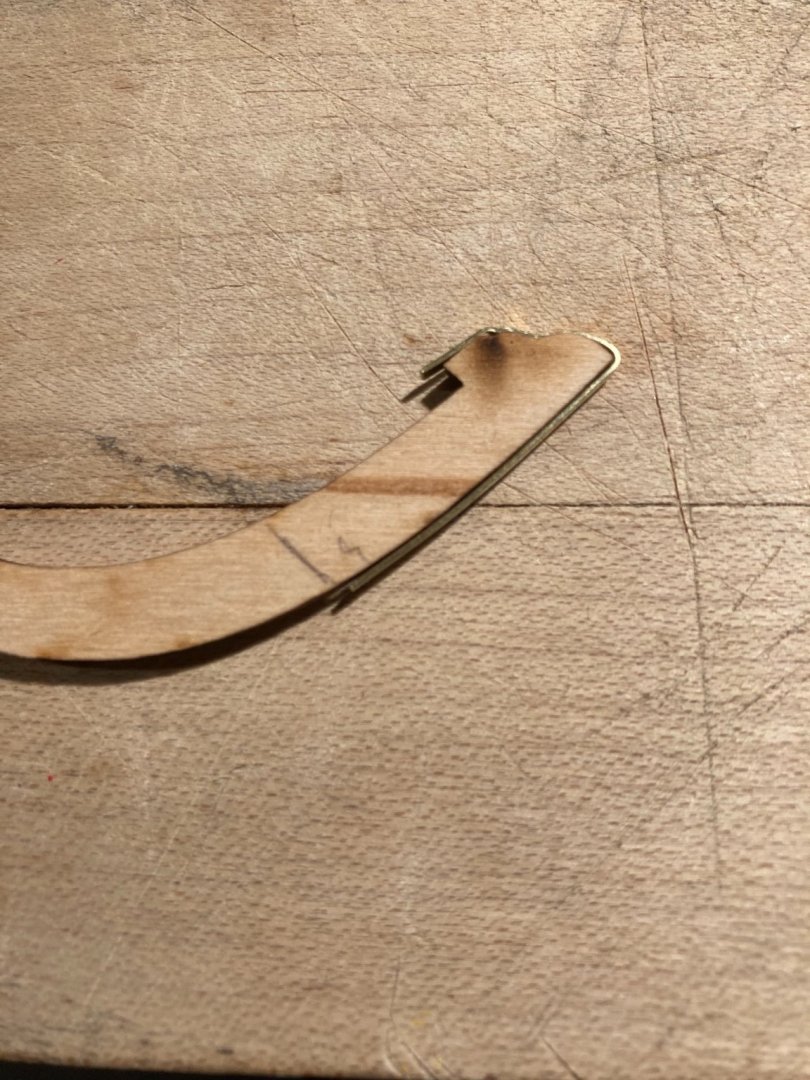
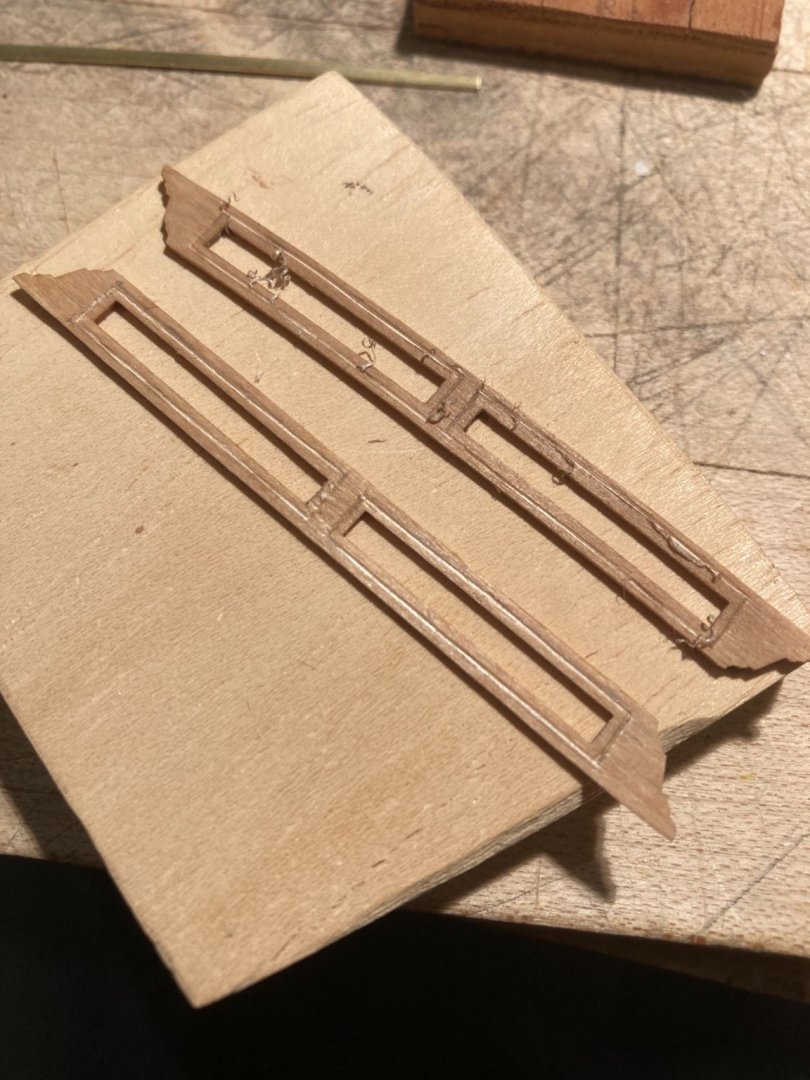
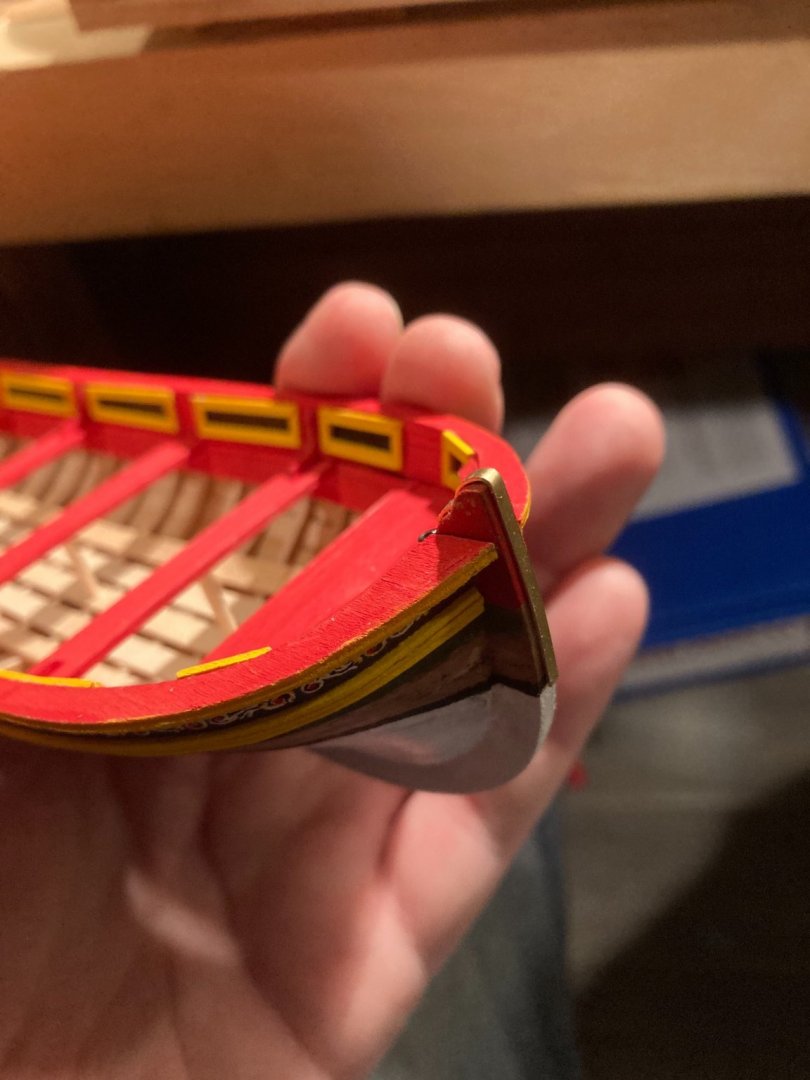
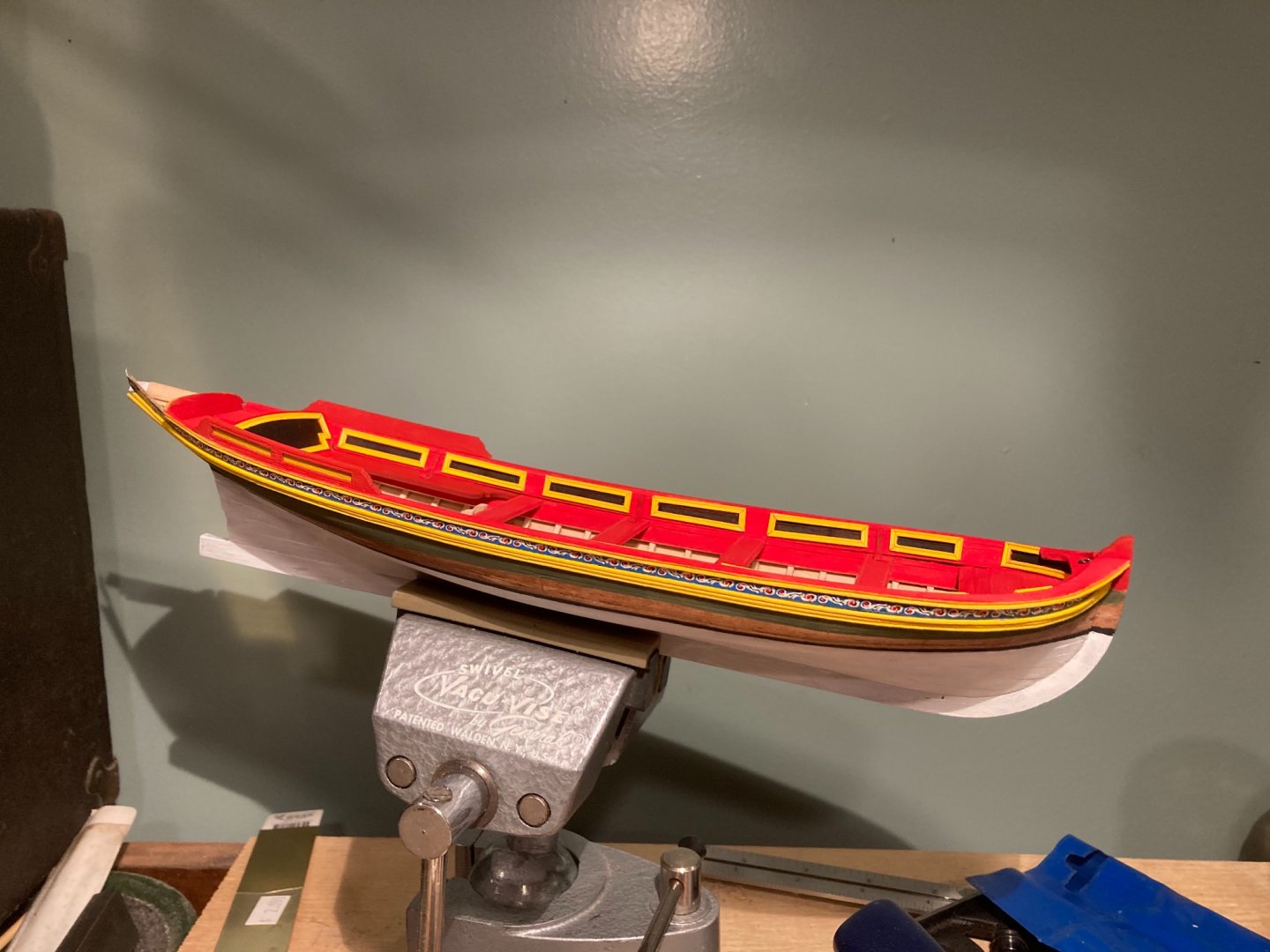
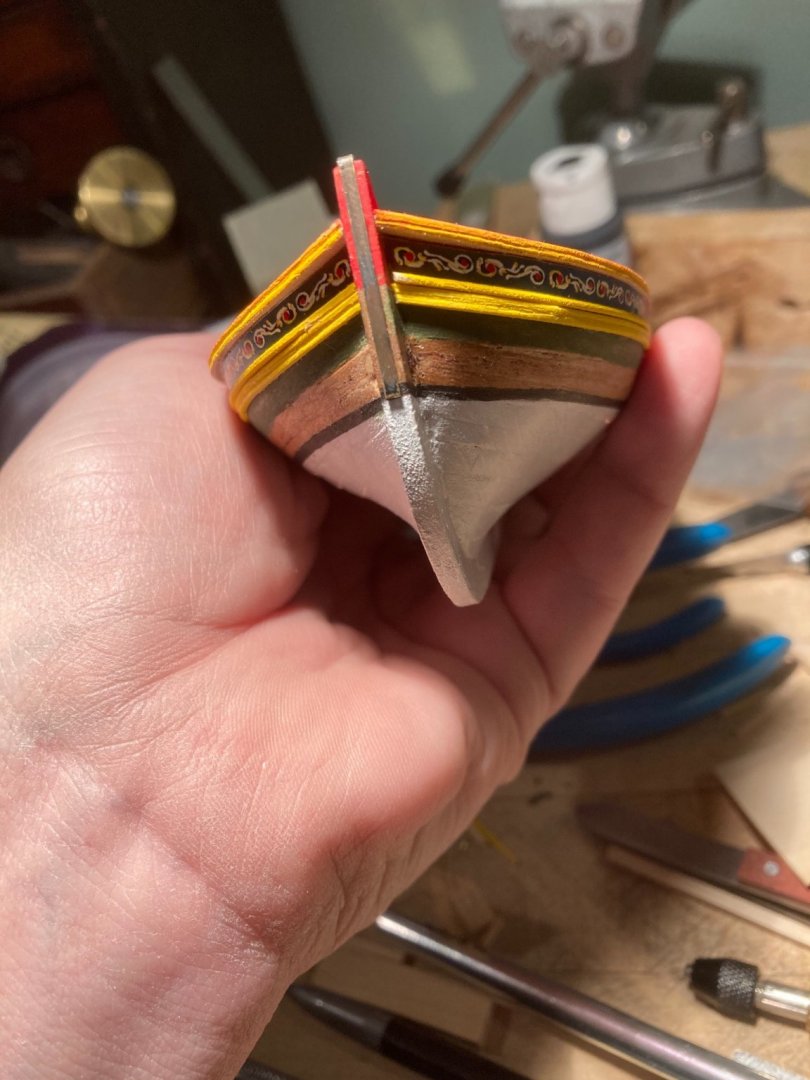
HMS Speedy by Delf - FINISHED - Vanguard Models - Scale 1:64 - Master Shipwright edition
in - Kit build logs for subjects built from 1751 - 1800
Posted
How’s it going?